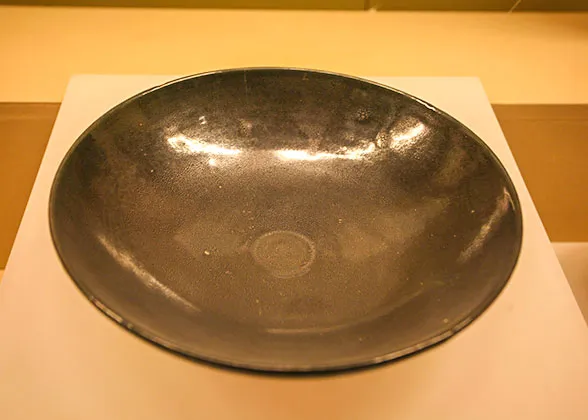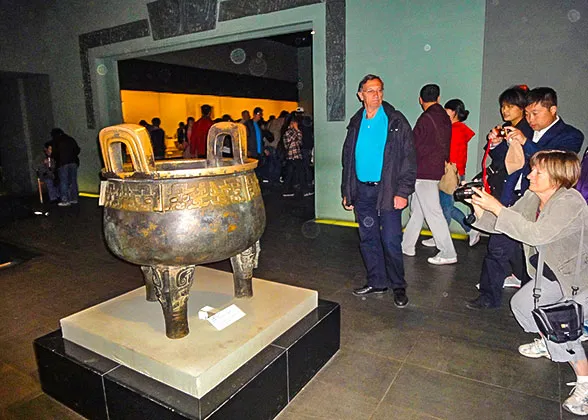_____________________________________________________________________________________________________
Dinner on the First Night ……Chang Yi Feng Restaurant:
Pingyao Ancient City Walls – One of the best-preserved fortifications in China, the Pingyao Ancient City Wall encloses the old town of Pingyao.
Rishengchang Financial House – The Rishengchang Financial House is the home of China’s first draft bank, dating back to the 17th century.
Explore the characterful old town of Pingyao, strolling along the cobbled streets to view the old city walls and the Rishengchang Financial House Museum. There will also be time to see the Yamen, a government building during the Qing Dynasty, before taking the bullet train to the former imperial capital of Xian.
________________________________________________________________________________________________________
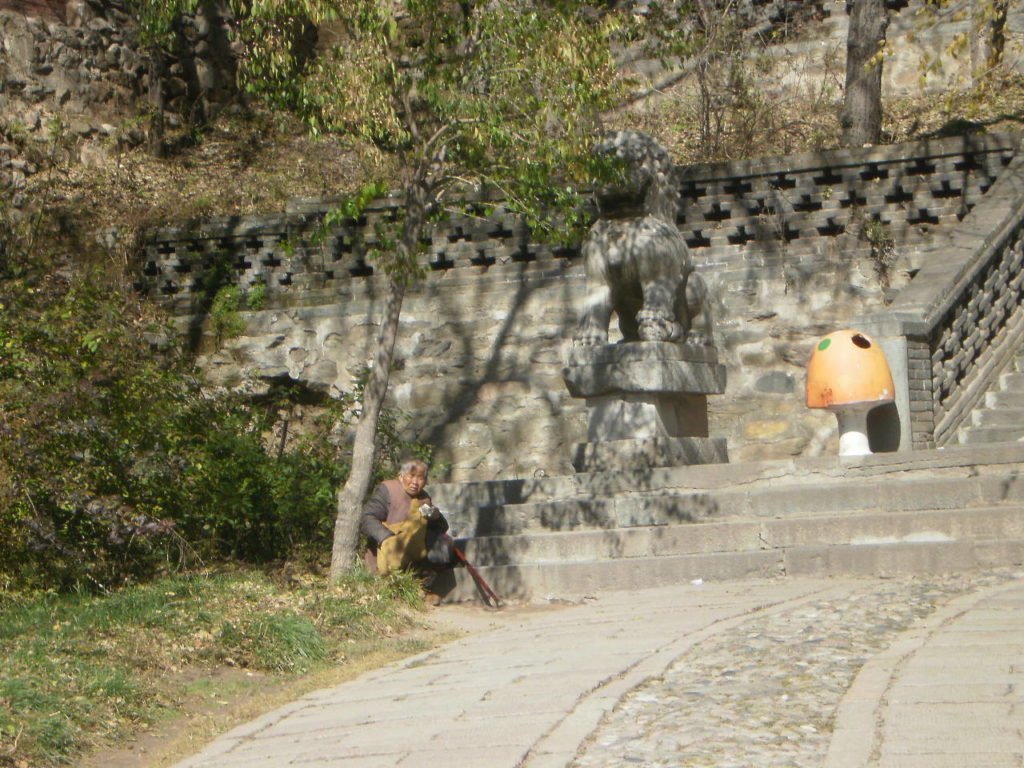
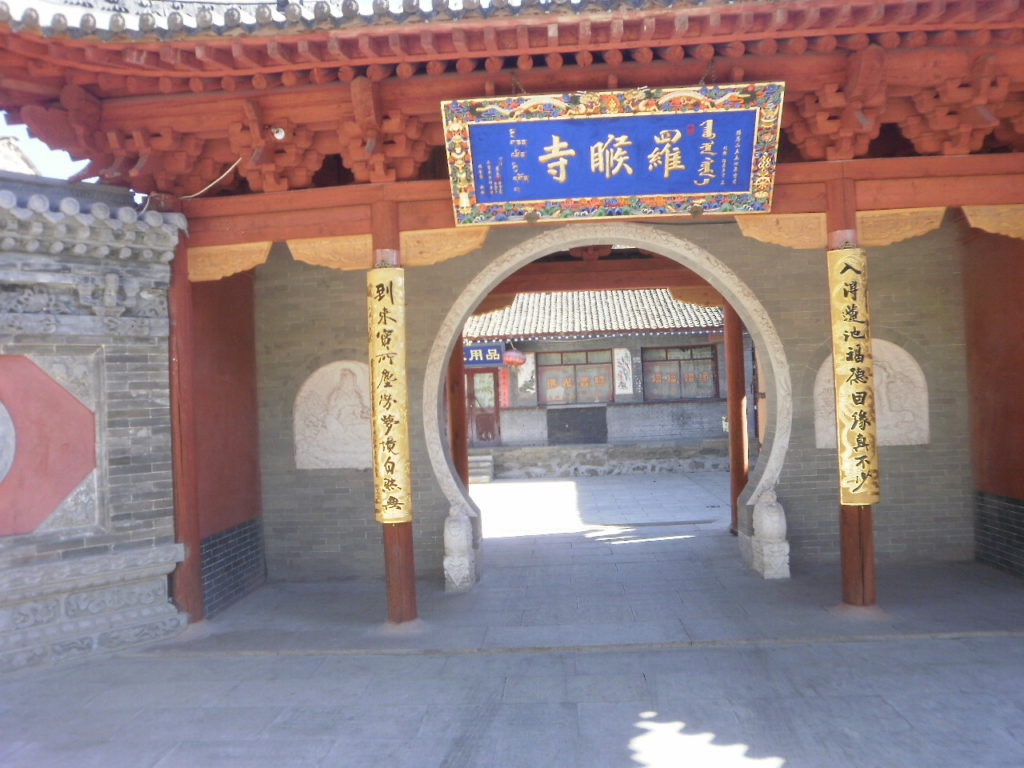
________________________________________________________________________________________________________
The Ancient City Walls in Pingyao
Written by Cindy
Updated Dec. 29, 2020
The walls surrounding the city of Pingyao were first built in the Xizhou Dynasty, and have a history of about 2,700 years. The construction consists of brick and stone exteriors with earth rammed inside. The ancient city walls measure 10 meters high and 6,162.7 meters long with 3.5 meter wide tops.
Except for the southern wall , which zigzags slightly according to the land’s contours, the other three walls are straight, making the enclosed city area a square one.
One city gate was built on each of the southern and northern walls, and two city gates were built onto each of the western and eastern walls.
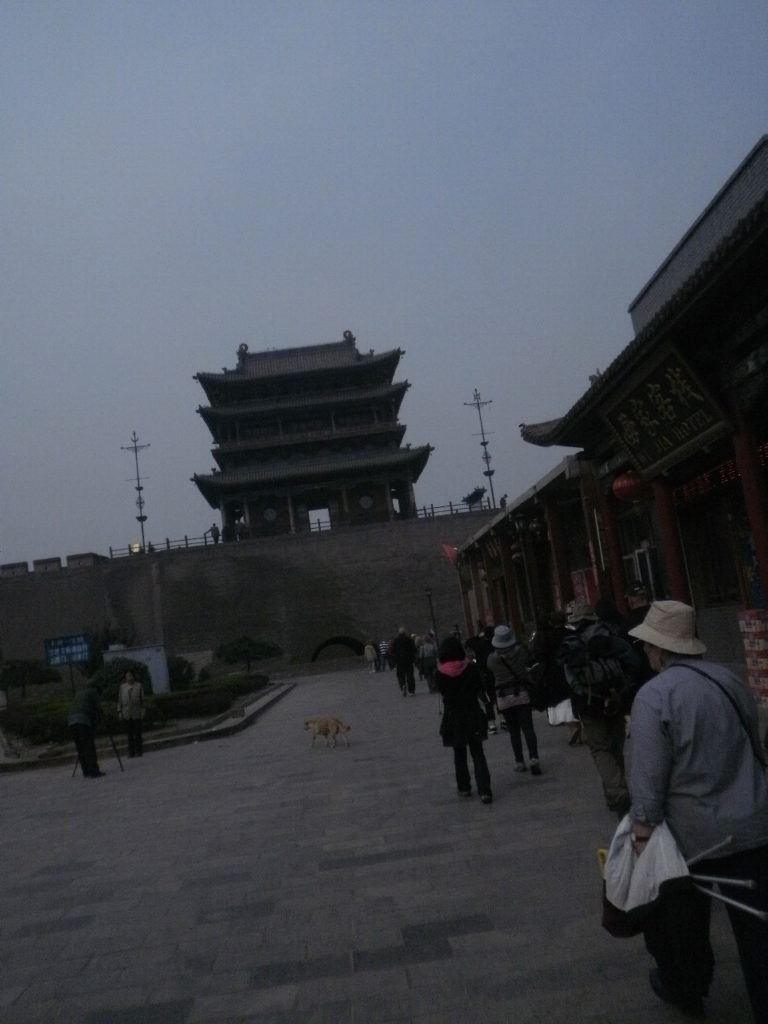
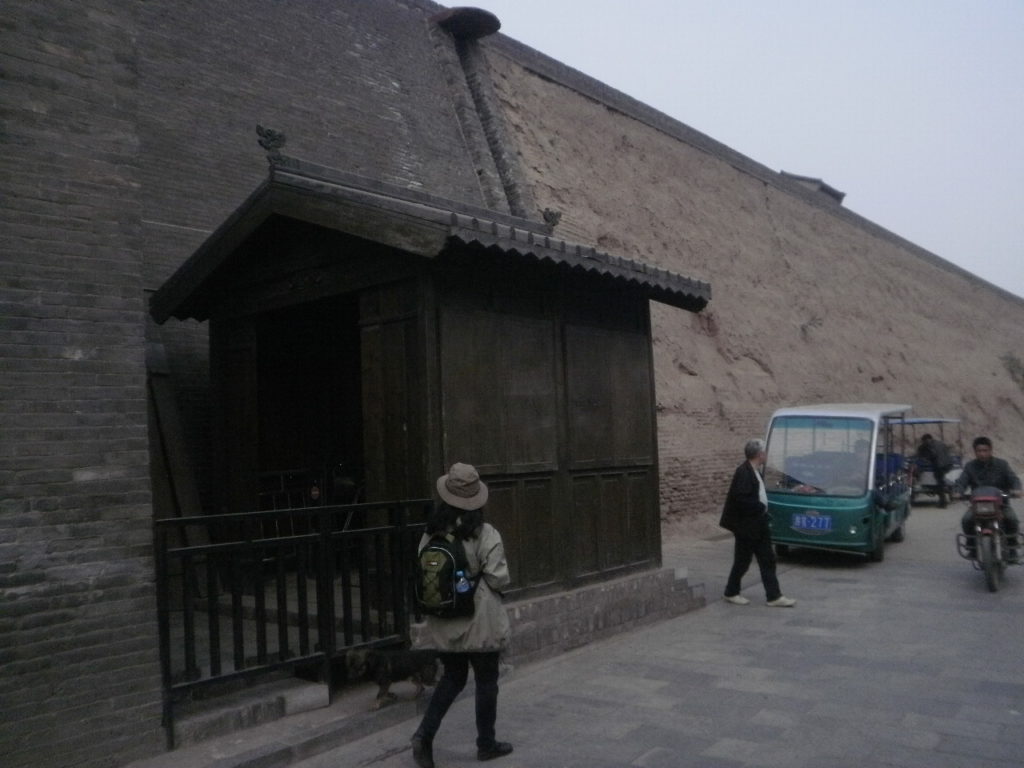
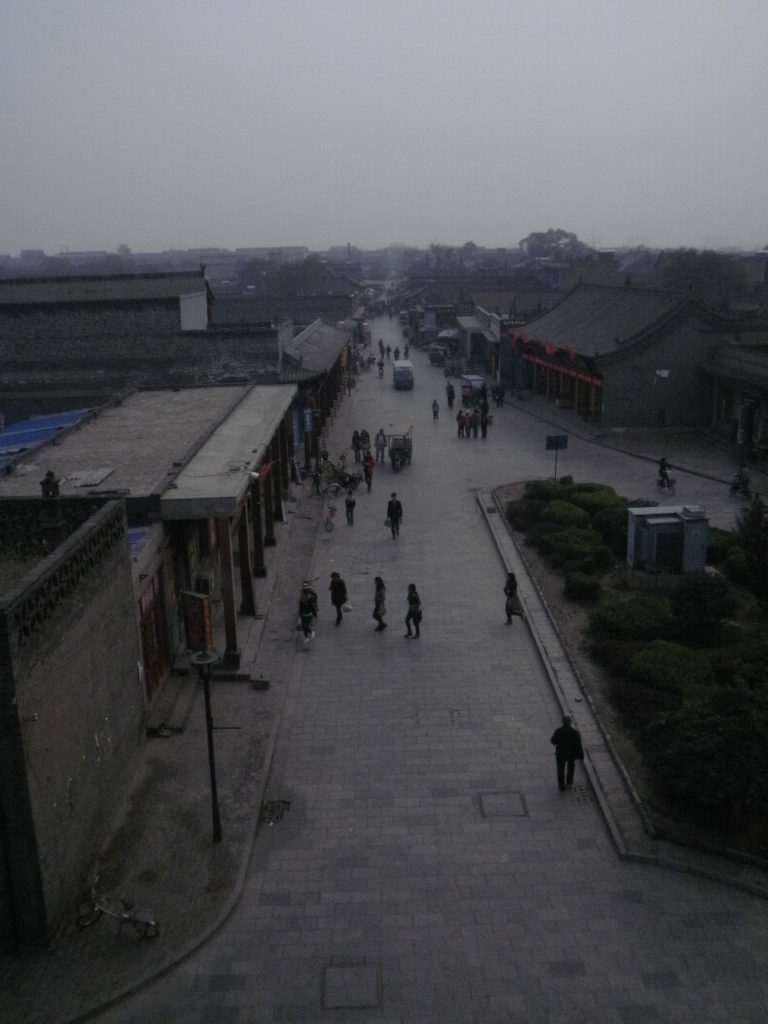
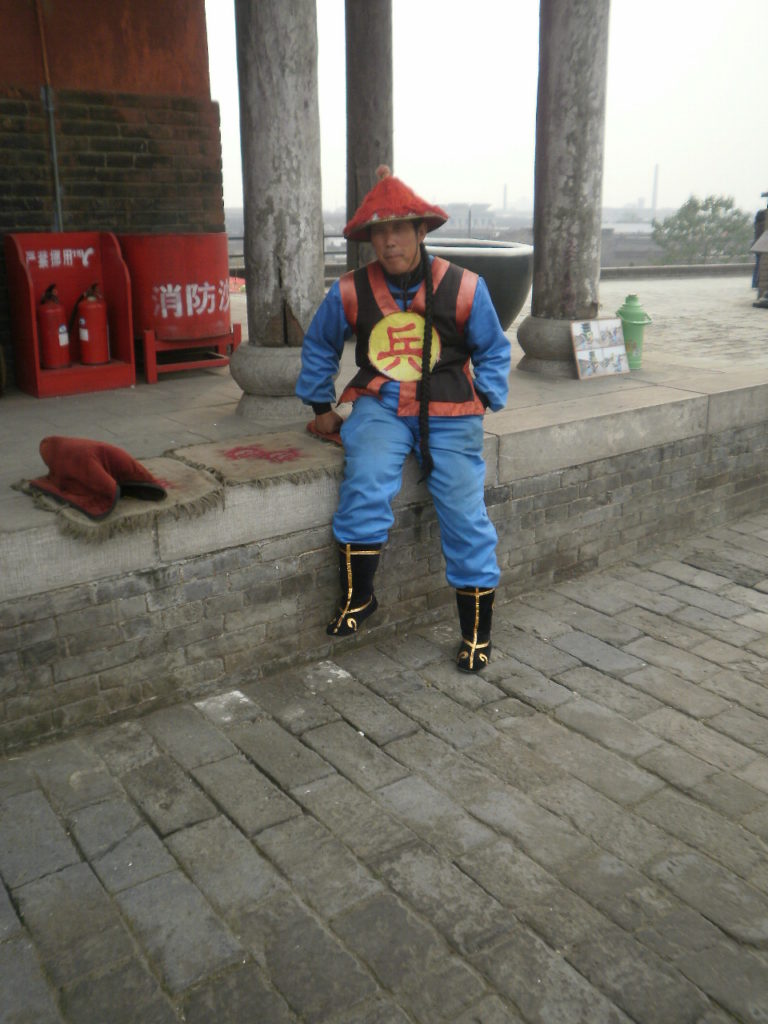
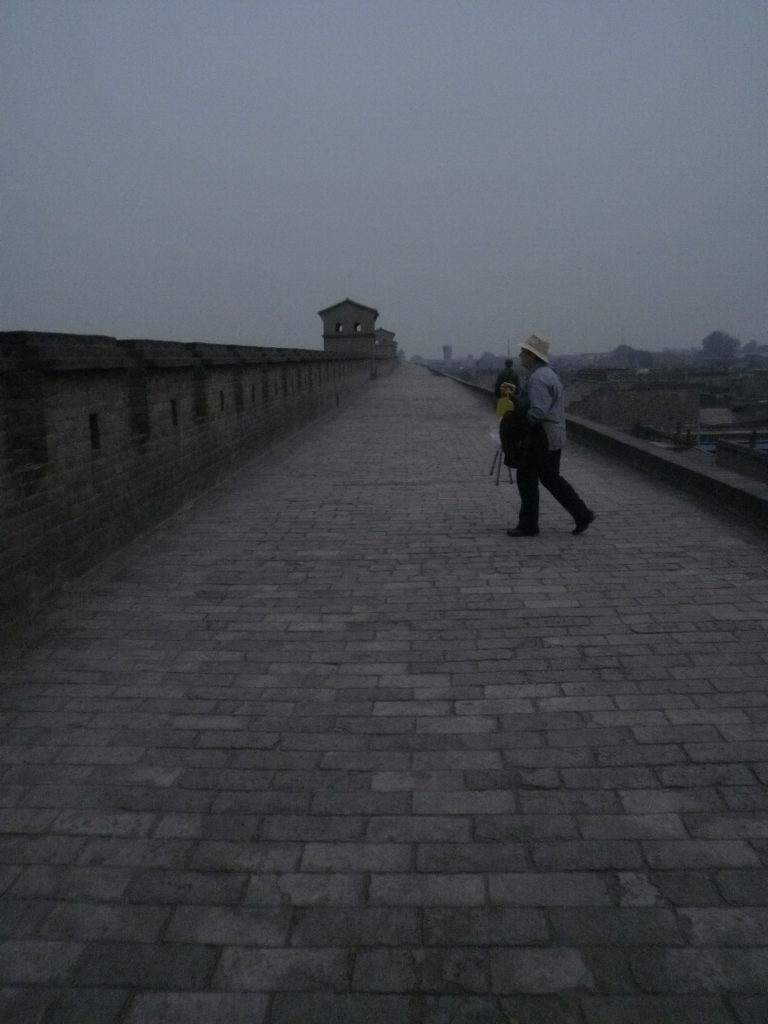
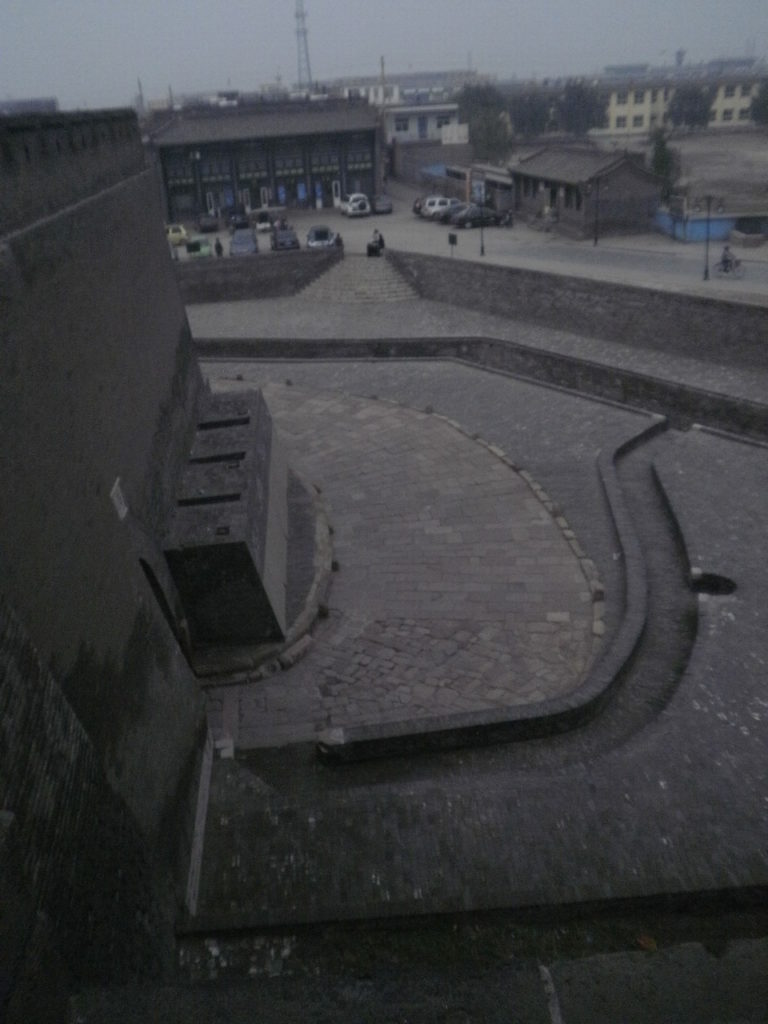
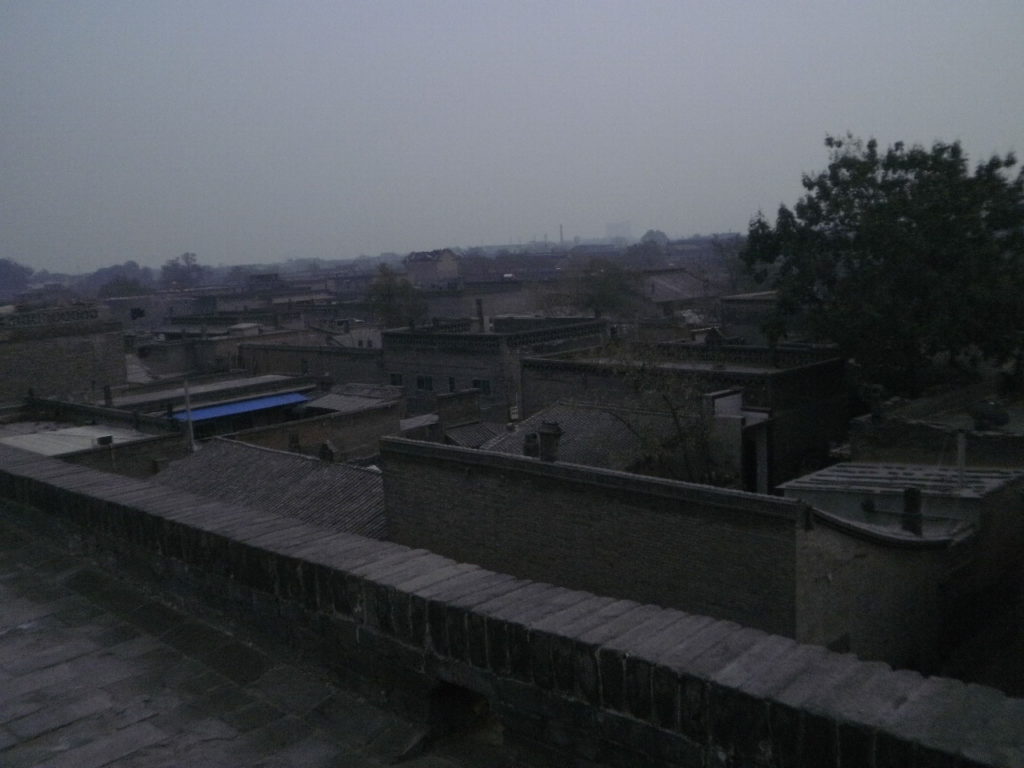
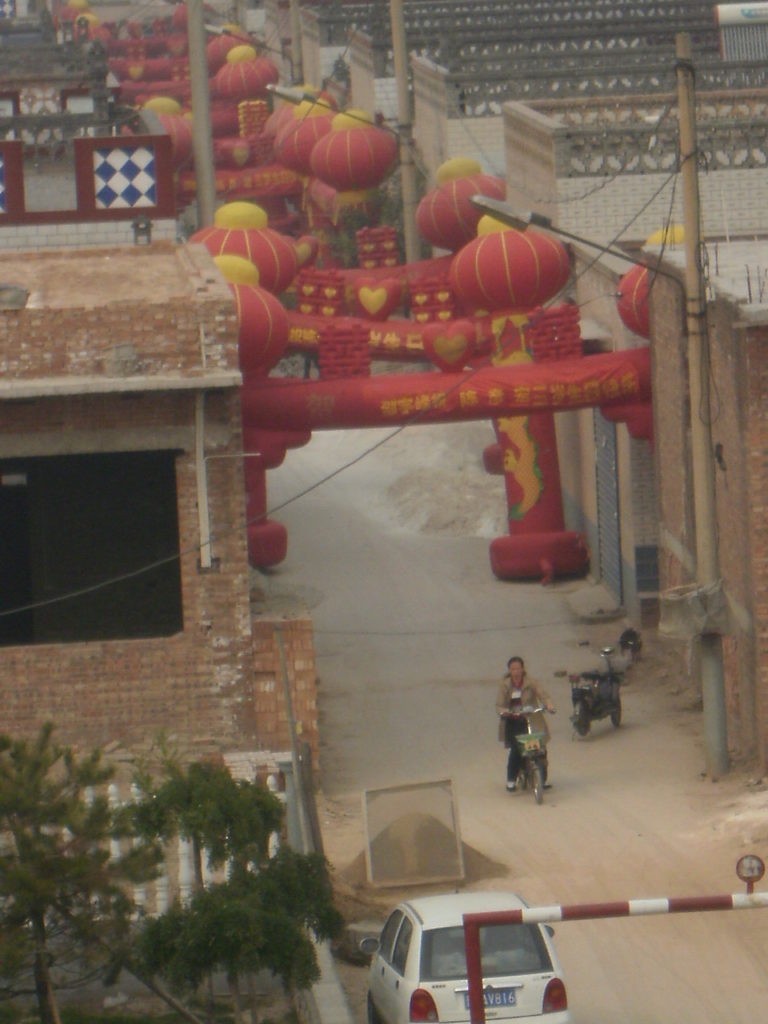
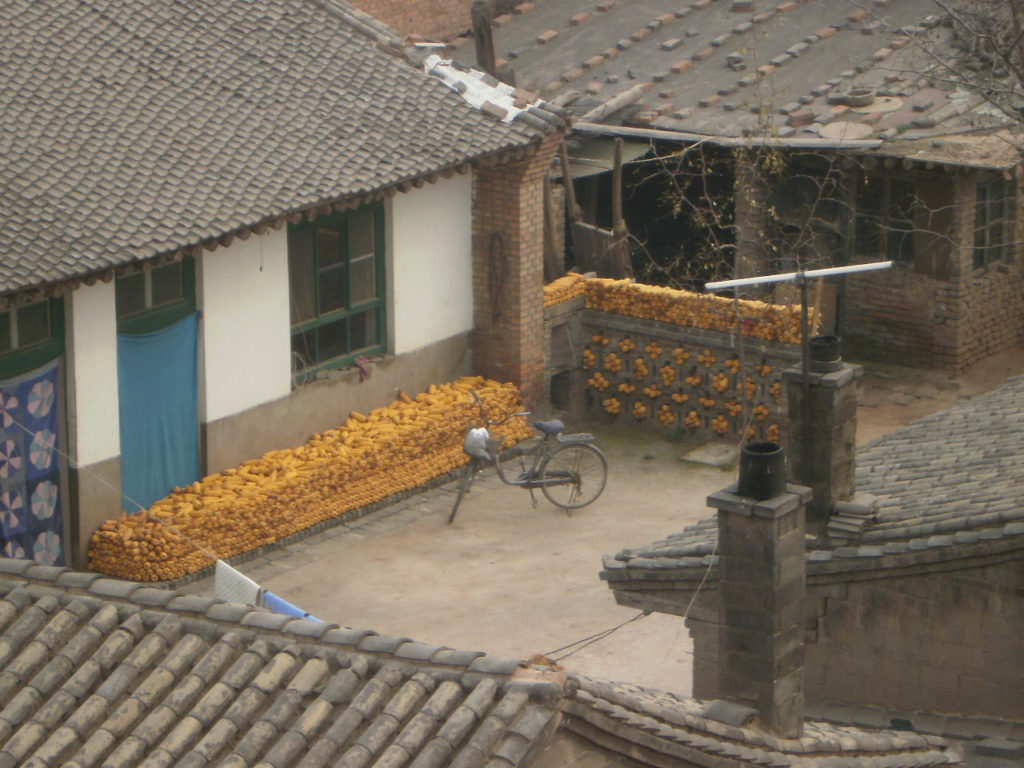
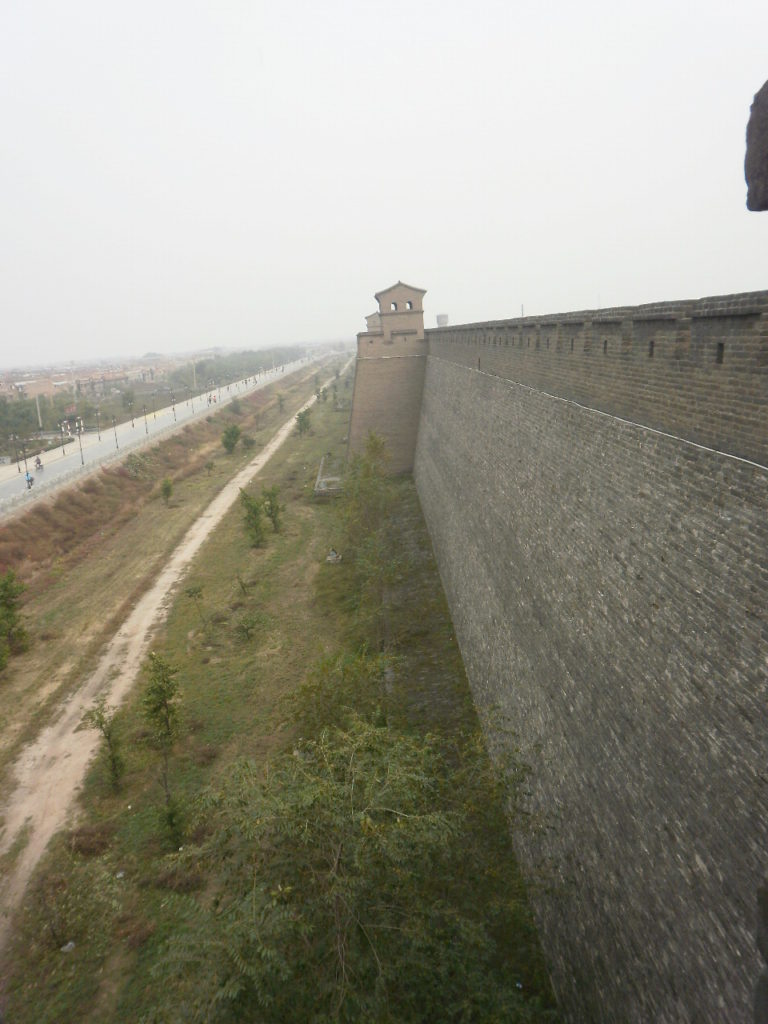
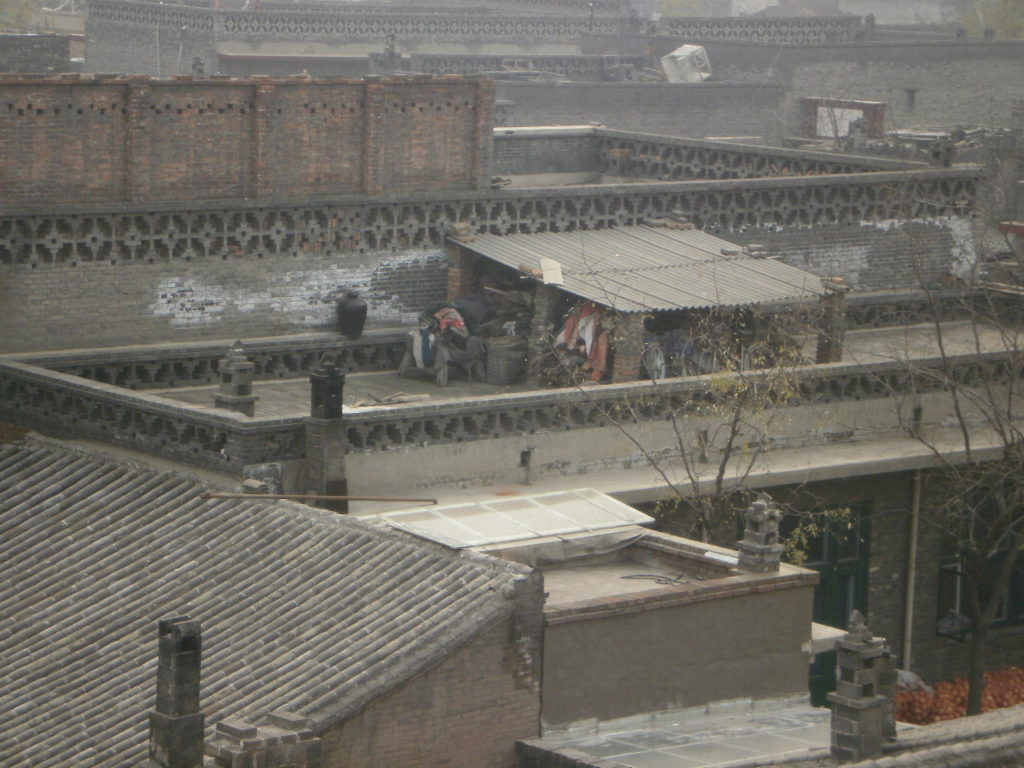

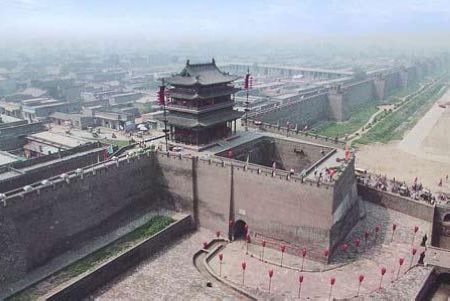
_______________________________________________________________________________________________
Shuanglin Temple Facts
Located very close to Pingyao Ancient City, Shuanglin Temple is hailed as “the Oriental Treasure House of Painted Sculptures” and “A Museum of Ancient Statues” where keeps over 2,000 exquisite ancient painted sculptures and lots of beautifully preserved frescoes from Yuan to Ming Dynasty (13th -17th century). These masterpieces of art and the entire architecture complex are ancient cultural splendors, infrequent folk art estates and great window to learn Buddhist culture in China.
History of Shuanglin Temple
Shuanglin Temple (formerly called Zhongdu Temple) is one of the important national Buddhist temples in Han areas and a National AAAA tourist spot, which has been listed as a UNESCO World Cultural Heritage site with Pingyao Ancient City, Zhenguo Temple in 1997. According to scripts carved on the stele of Song Dynasty (11th AD), Shuanglin Temple was reconstructed in North Qi Dynasty in about 571 AD. That means, the temple has a very long history of nearly 1,500 years. It is said that long ago, Shuanglin Temple had many majestic buildings, endless stream of pilgrims and visitors. However, after suffering from fire and wars, it became ramshackle in Yuan Dynasty and got many rebuilding in the following Ming and Qing Dynasties. Not famous as Pingyao Ancient City nearby, very few tourists can be found in Shuanglin Temple. And most travelers think the temple is not very maintained, most sculptures needs cleaning and restoration.
Top Highlights to See in Shuanglin Temple
Hall of Heavenly Kings
Enter through the arched gate, Hall of Heavenly Kings is the first stop jumping into your sight. The main hall is five wide, three deep with a hanging mountain-style roof. Under the eave, a vertical plaque was written four words – (a wonder land of Buddha) and Ming Dynasty’s preface in firm strokes. The most attracting part is the four giant sculptures of Heavenly Kings standing at the entrance. Each one is about three meters tall, carrying their special instruments. All visitors are full of admiration for the powerful gestures and vivid exaggerated fierce looks where black glazed balls inlaid in their eyes.
There are iron fences built to protect the cultural relics. Inside the hall, you can see a grand statue group of Maitreya Bodhisattva, Brahma and Indra, four taller Heavenly Kings and eight Bodhisattvas. All are imposing in size and delicate in details, specially the four Kings who surely bring you the strong visual impact at your first sight. Behind the Maitreya Bodhisattva sculpture, you can view a wall hanging sculpture of Avalokitesvara sitting on a god dog on the waves of the sea.
Sakyamuni Hall
Sakyamuni Hall is the top famous and most important hall in Shuanglin Temple. It lies between the Drum Tower and Bell Tower. Here the plaque has words – in a plain and simple feature. The most striking sculptures in Sakyamuni Hall is the Sakyamuni sitting on lotus platform, Manjushri Buddhisattva holding a Buddhist book (presenting wisdom) and Samantabhadra taking a lotus (meaning purification of all distress) and standing on his sides. Another amazing highlight in the hall is the serial sculptures story on the walls. Diverse carving skills are adopted, like circular engraving, deep anaglyph, basso-relievo, etc. Those complicated and superb combination aims to unfold the legendary life of Sakyamuni – the found of Buddhism. Though all story of Sakyamuni come from India, all figures are localized in distinctive Chinese style of Ming Dynasty. Ready to enjoy a 3D Buddha movie with explanation from your tour guide. On the back screen wall, there is also a hanging sculpture of Avalokitesvara whose peace impression makes a sharp contrast with the rough seas.
Precious Hall of Mahavira
Located in the second courtyard, the Precious Hall of Mahavira, rebuilt in early Ming Dynasty is the tallest building in Shuanglin Temple. The corridor, cylinder, frame structure, window decorations are much beautiful than other halls. Main statues inside are the Three-Bodies of the Buddha (Trikaya) with Manjushri Buddhisattva and Samantabhadra standing by his sides, an Amitabha (receiving Buddha) in the front. Because there sculptures got rich colored painted in Qing Dynasty, they look quite new, less dusty but lack of authentic flavor.
Hall of One-Thousand Buddhas
Lying in the east of the middle courtyard, Hall of Bodhisattva has two of the best sculptures of Shuanglin Temple – a sitting Avalokitesvara with right foot up and a Wei Tuo (Skanda, a protector of the Buddhas) by her side. The active and bold design of the sitting position of the Avalokitesvara perfectly keeps the effigy balance and makes her a naturally fair maiden. The 1.6-meter tall Wei Tuo sideward is a rare-seen artistic masterpiece of Ming Dynasty painted sculpture, a must-see treasure during your Shuanglin Temple tour. His lifelike facial expression, mighty and hyperbolic posture and wonderful integration of quiescent and dynamic feelings win him the top-level miracle among the artworks on the same subject and the best spokesman of Shuanglin Temple.
The outer walls remain some residual murals from Ming Dynasty, while the interior walls around are filled with rows of hanging figures of Bodhisattvas. There are 500 sculptures in total, some are riding mythical beasts, and some are sitting on the auspicious clouds. On the windowsills and near the gate, you can see nearly 30 small-sized statues whose prototypes are the ordinary people in nearby villages. Now they are good evidence of the development of Ming dynasty costumes.
Hall of Bodhisattvas
The magnificent sculpture of Thousand-hand Bodhisattva is undoubtedly the most impressive symbol in Shuanglin Temple. She has a serene look, delicate skin, wears a beautiful cassock and stretches her 26 hands to all directions to rescue the suffering people. Sakra and Brahma are two guardian Buddhas standing on her left and right-hand sides. Also, over 400 hanging sculptures of Bodhisattvas were caved on the walls inside. Each varies from others in facial expression and gestures. The layered figurines skillfully establish a pure land of Buddha.
Besides sightseeing of the main highlights in the former halls, with more time, tourists can also see statues of Guan Yu (a military hero serving Liu Bei during late Eastern Han Dynasty) and his life story scenes in Hall of Military God , sculptures of eighteen Song Dynasty Arhats making a pilgrimage to the Bodhisattva in Hall of Arhats, august Kshitigarbha, Hades and Osiris in Hall of Kshitigarbha and other folk sculptures in the end courtyard.
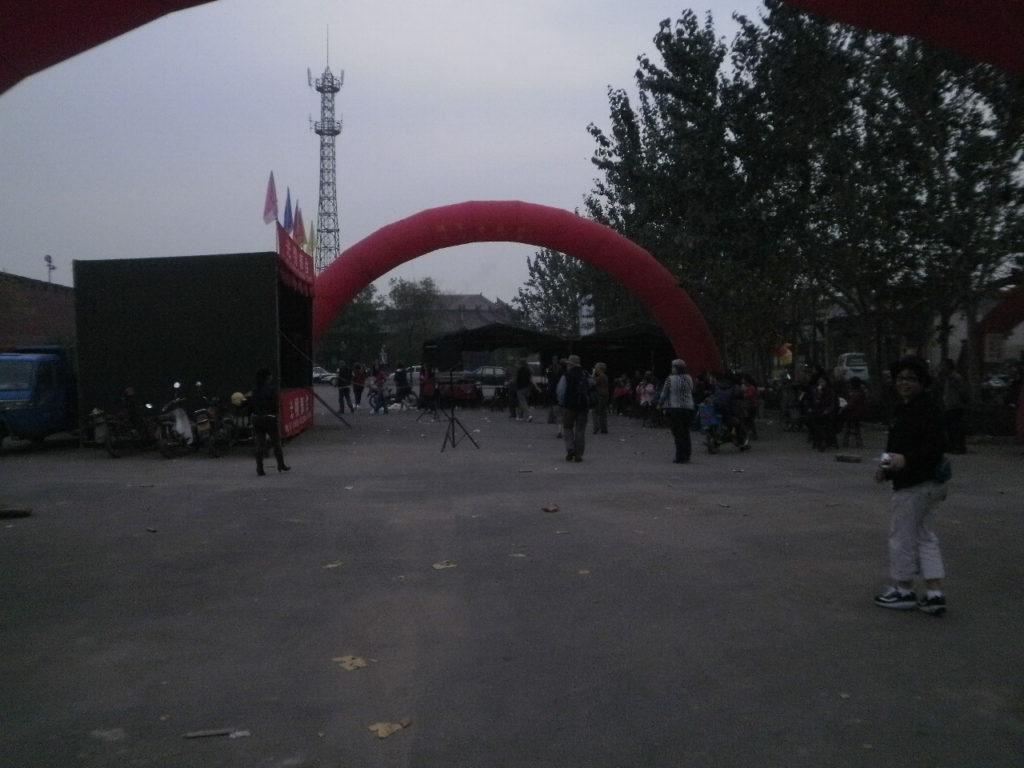
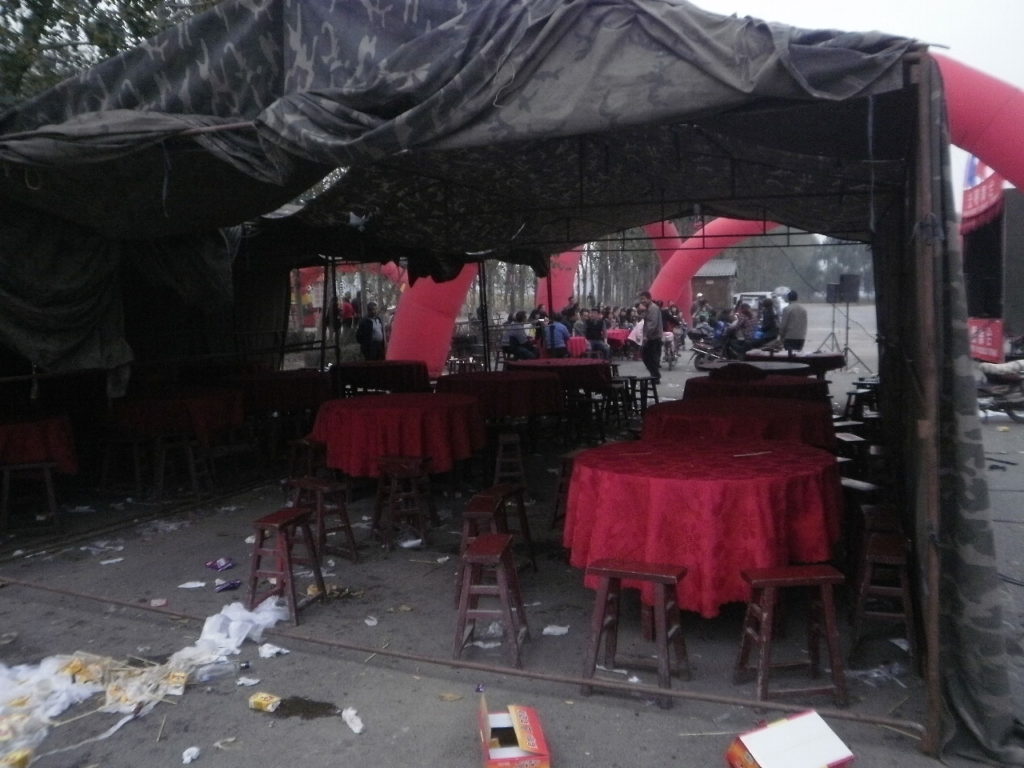
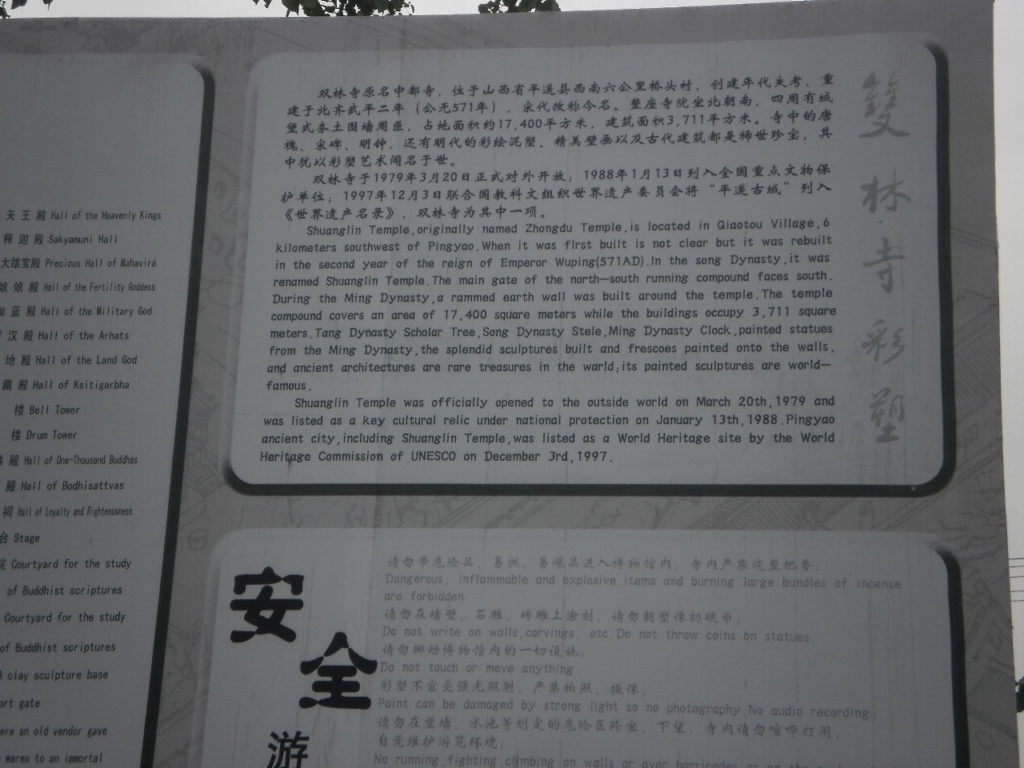
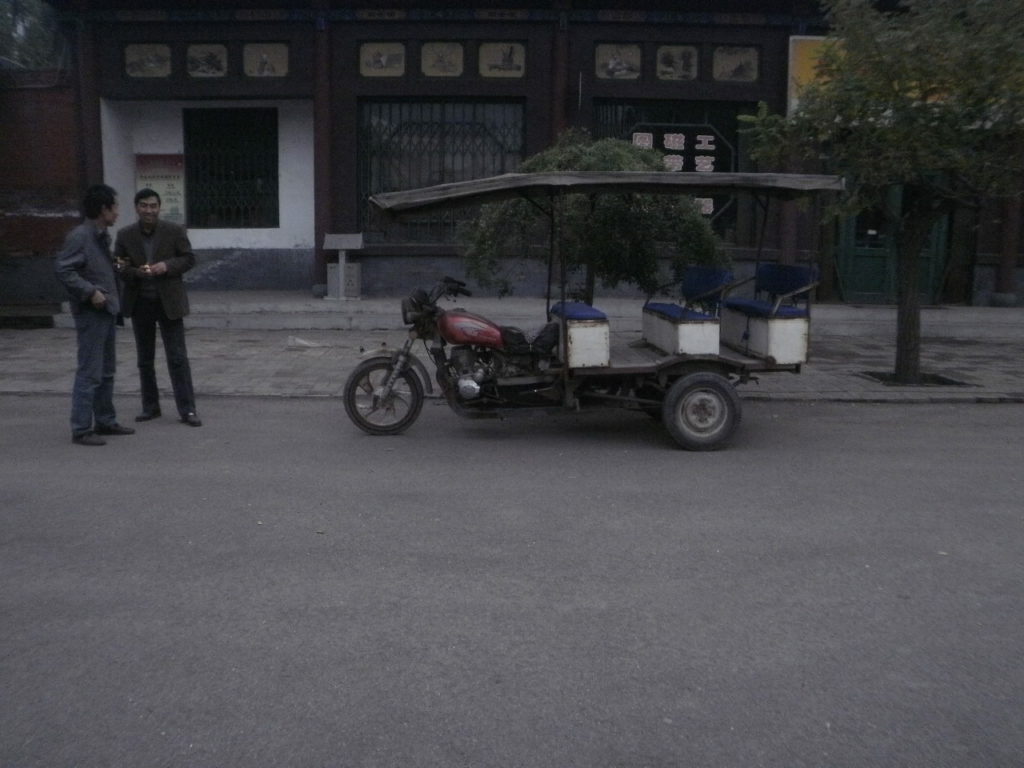
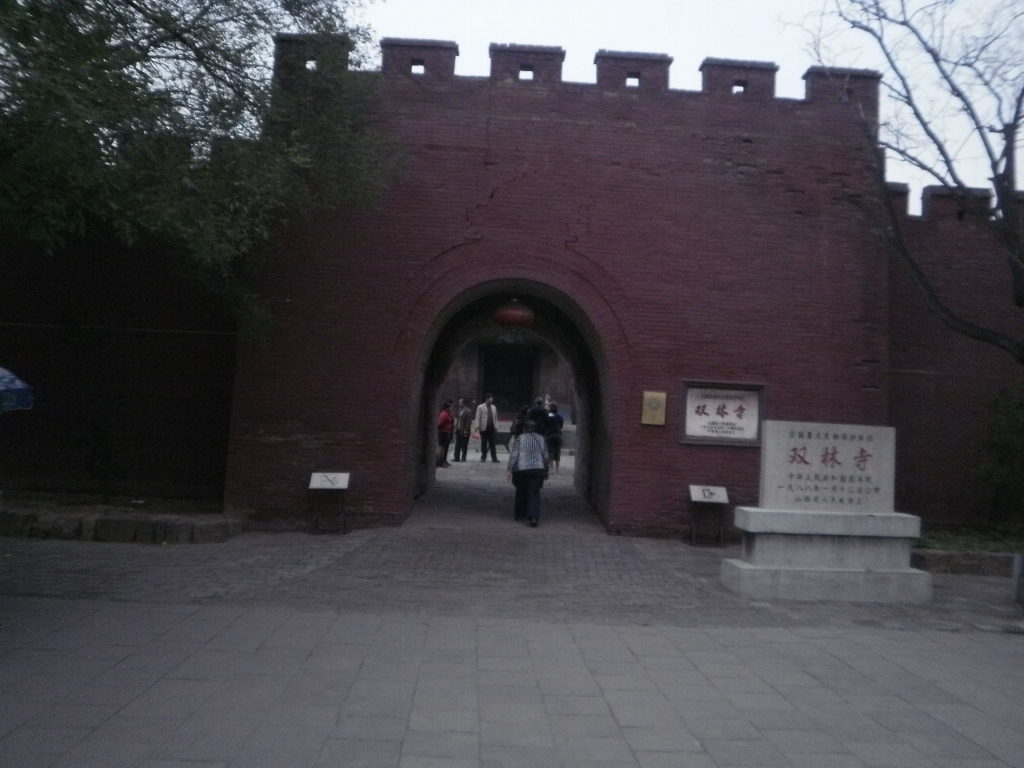
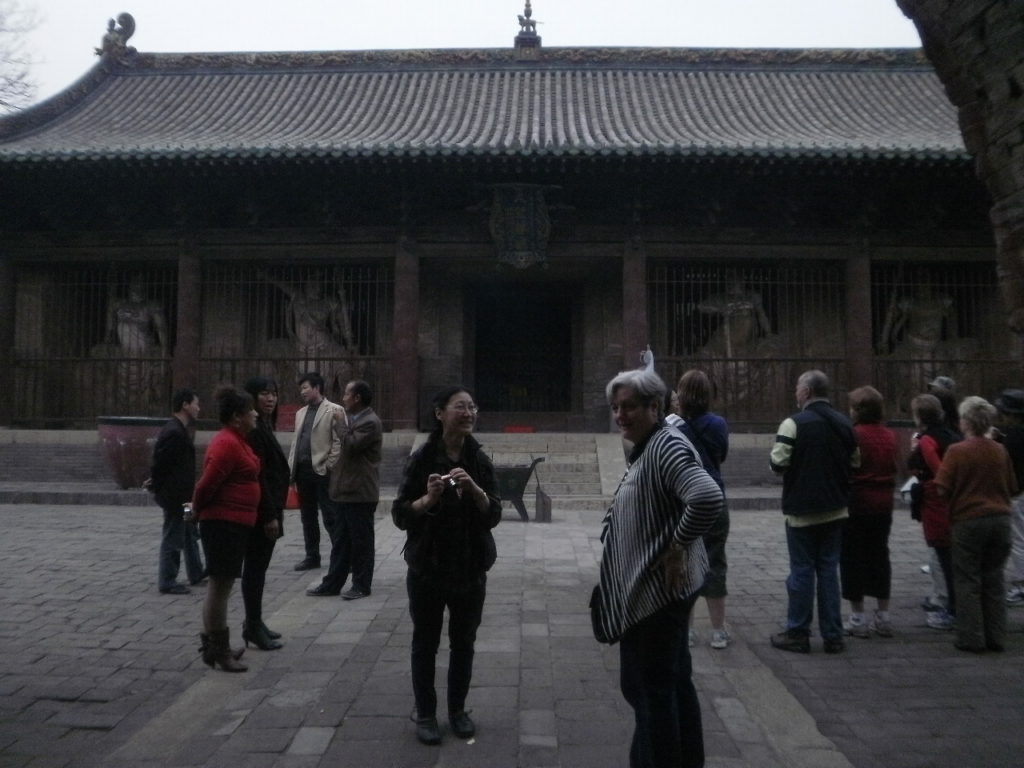
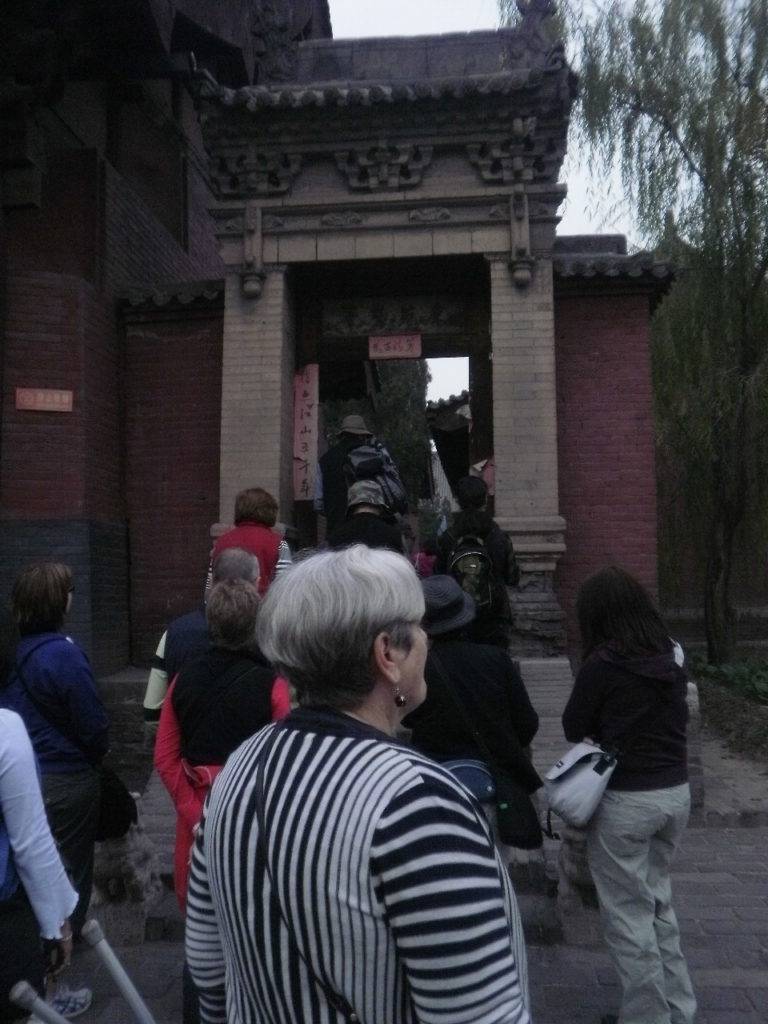
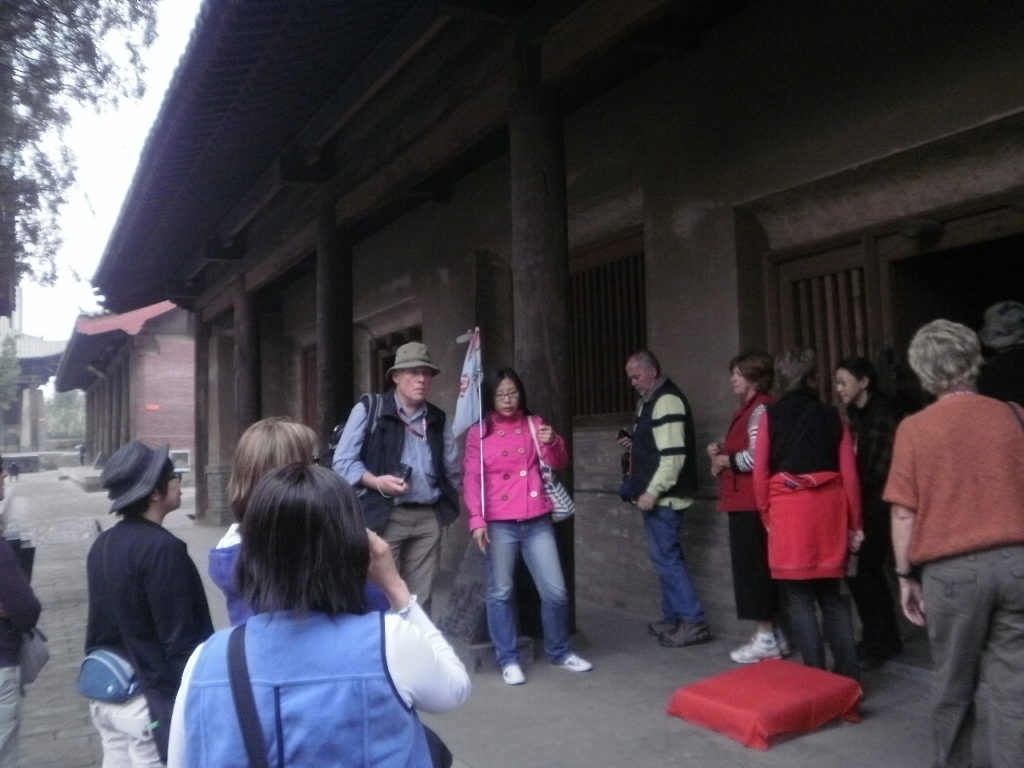
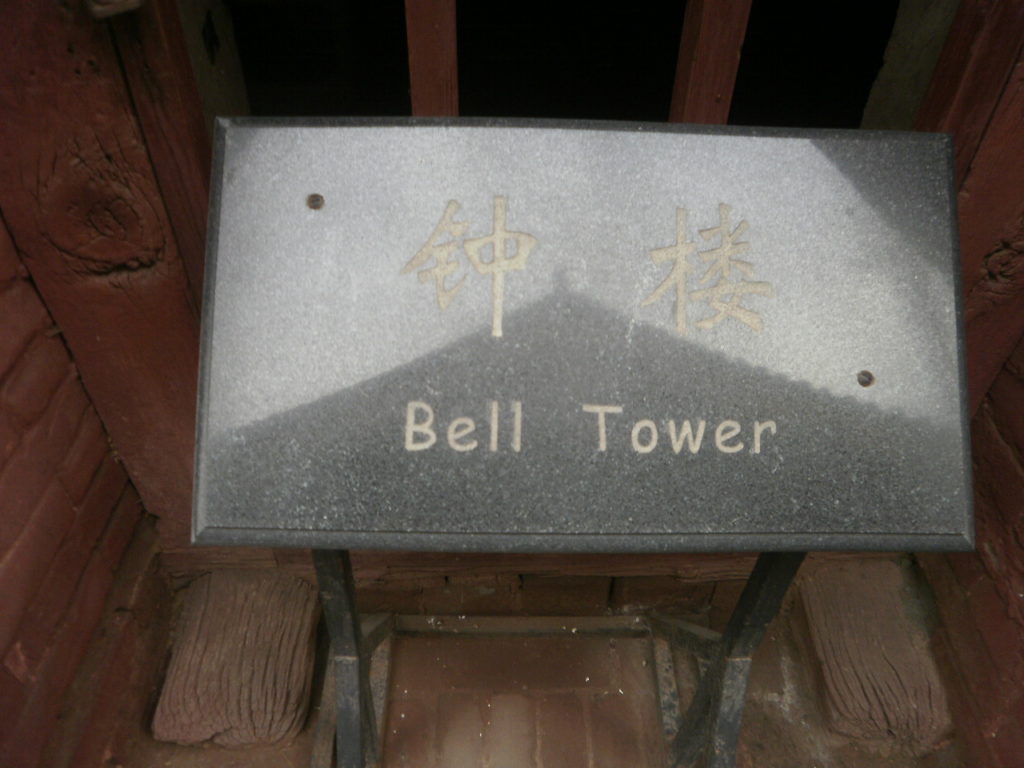
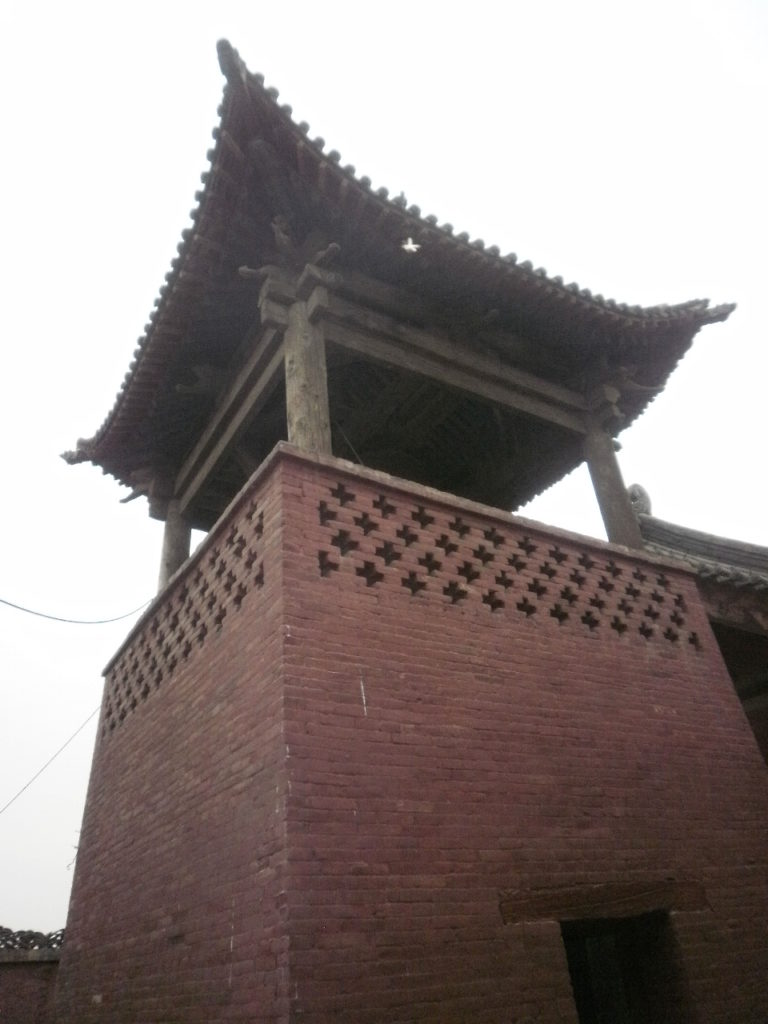
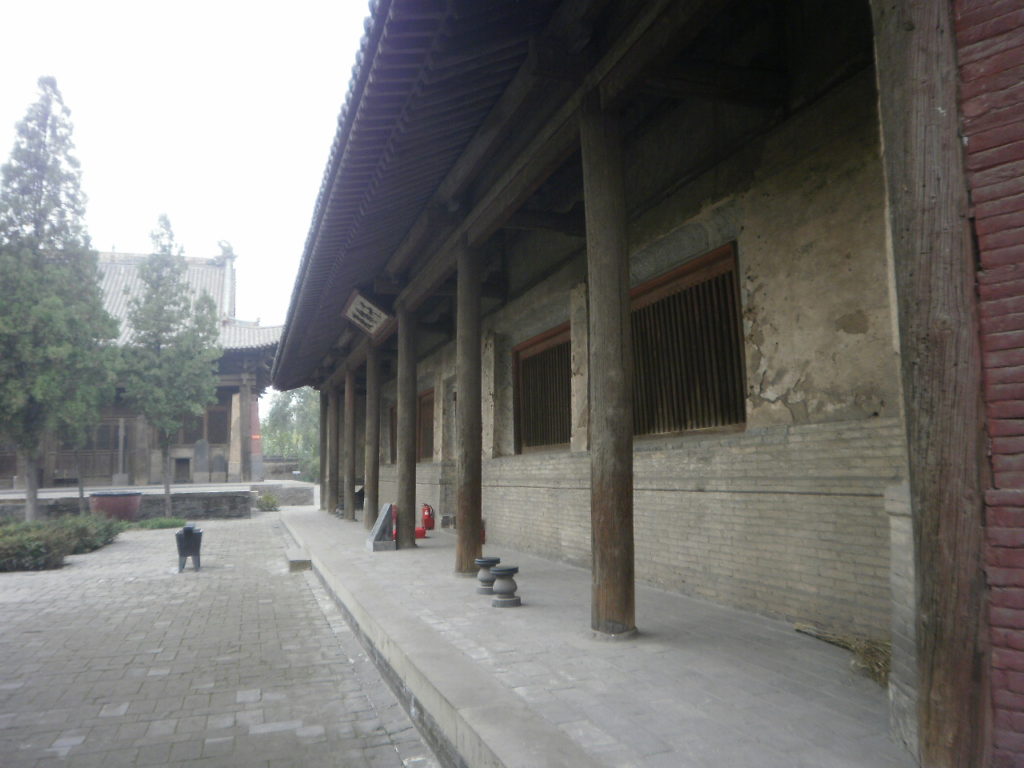
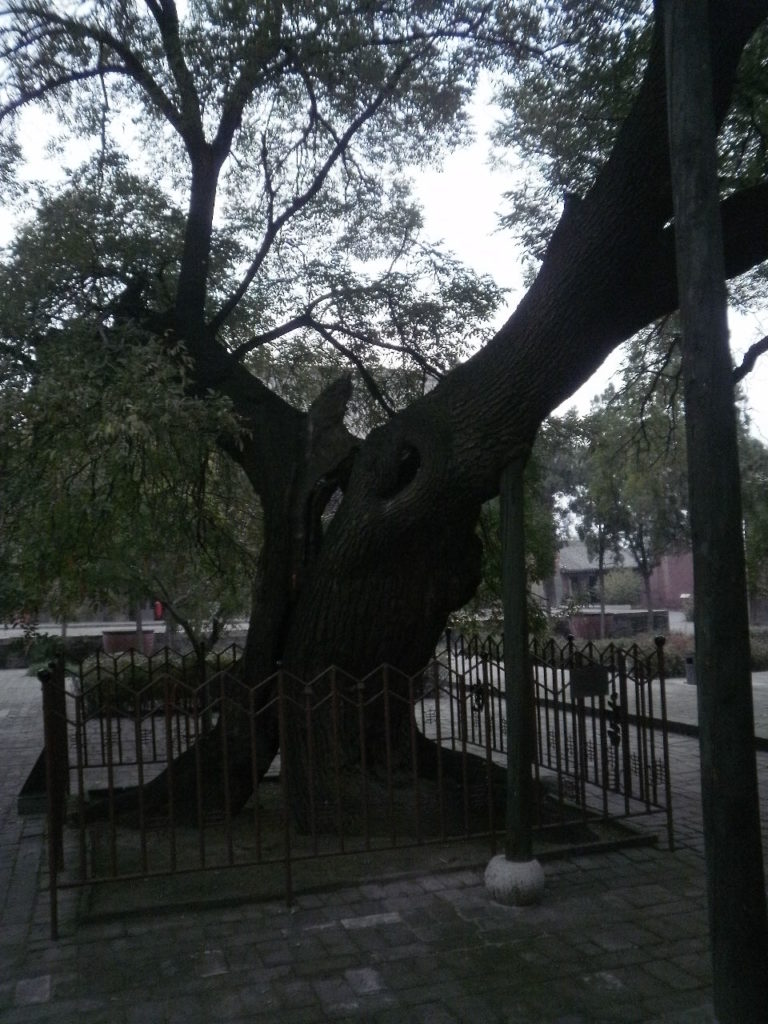
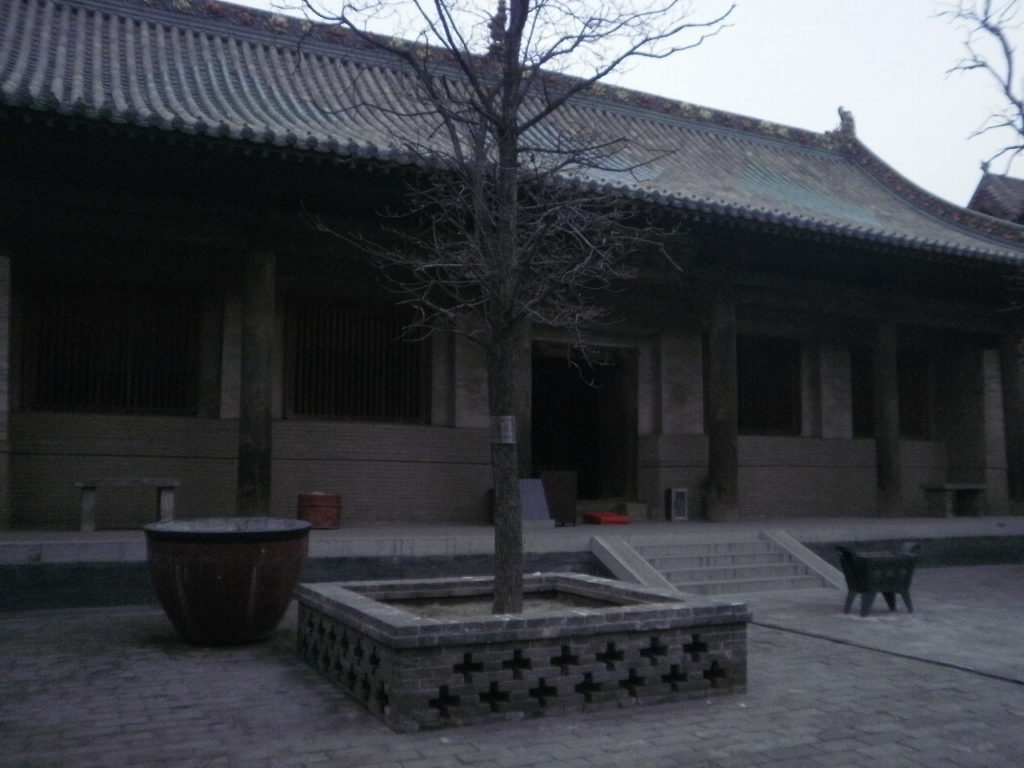

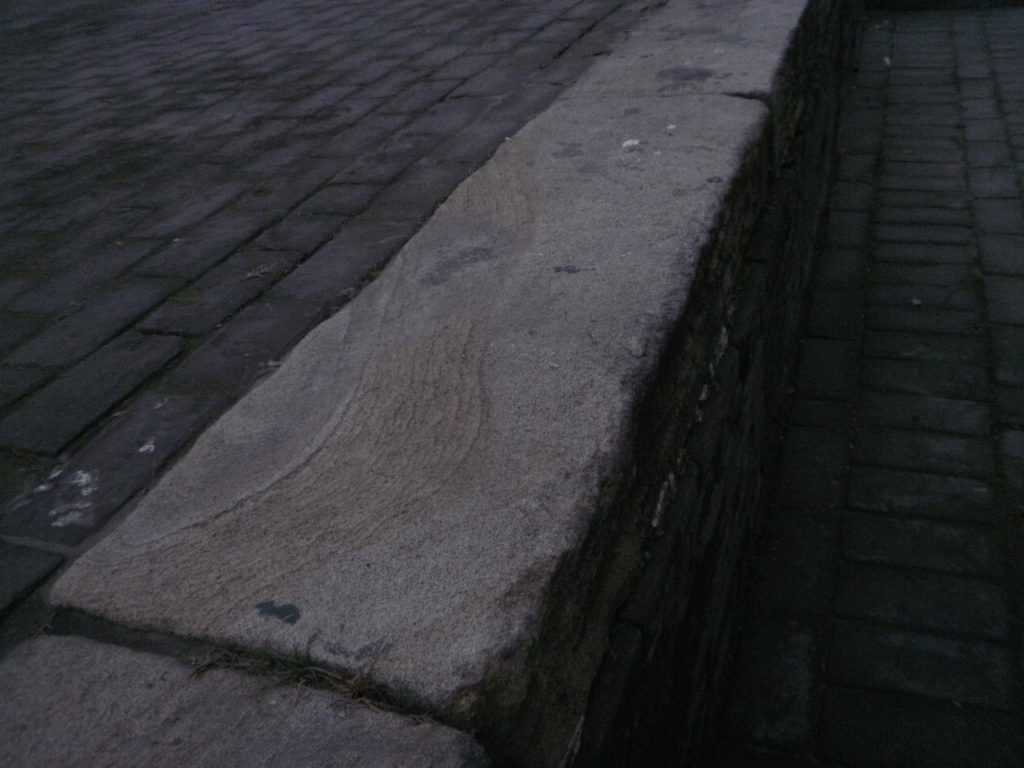

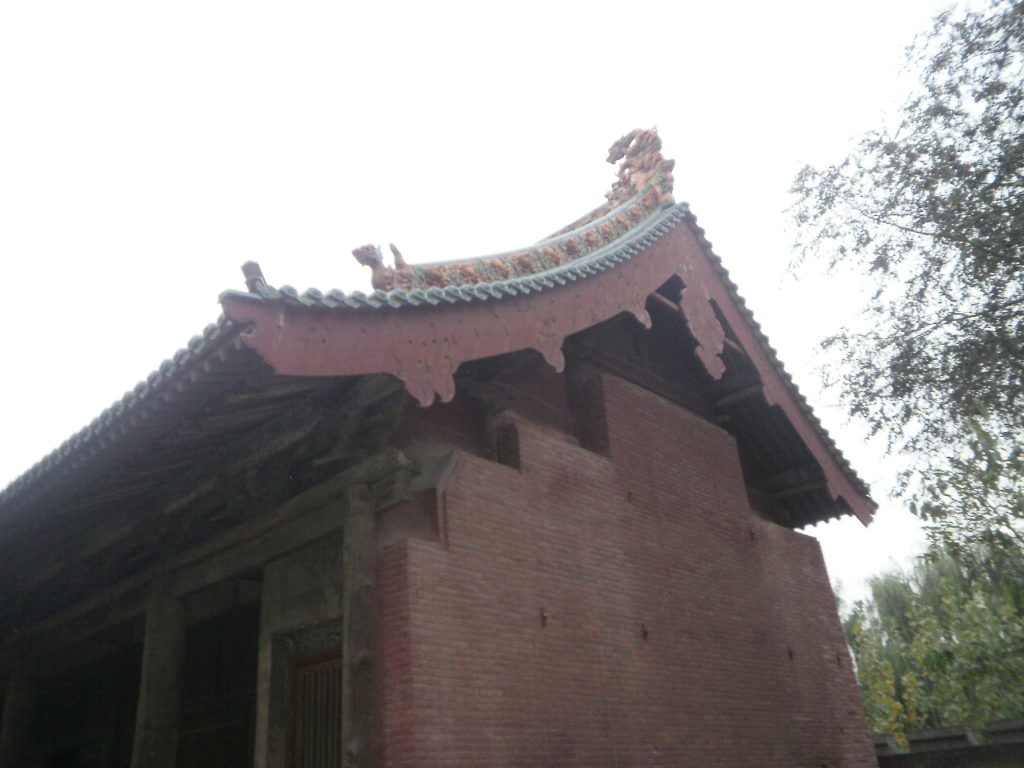

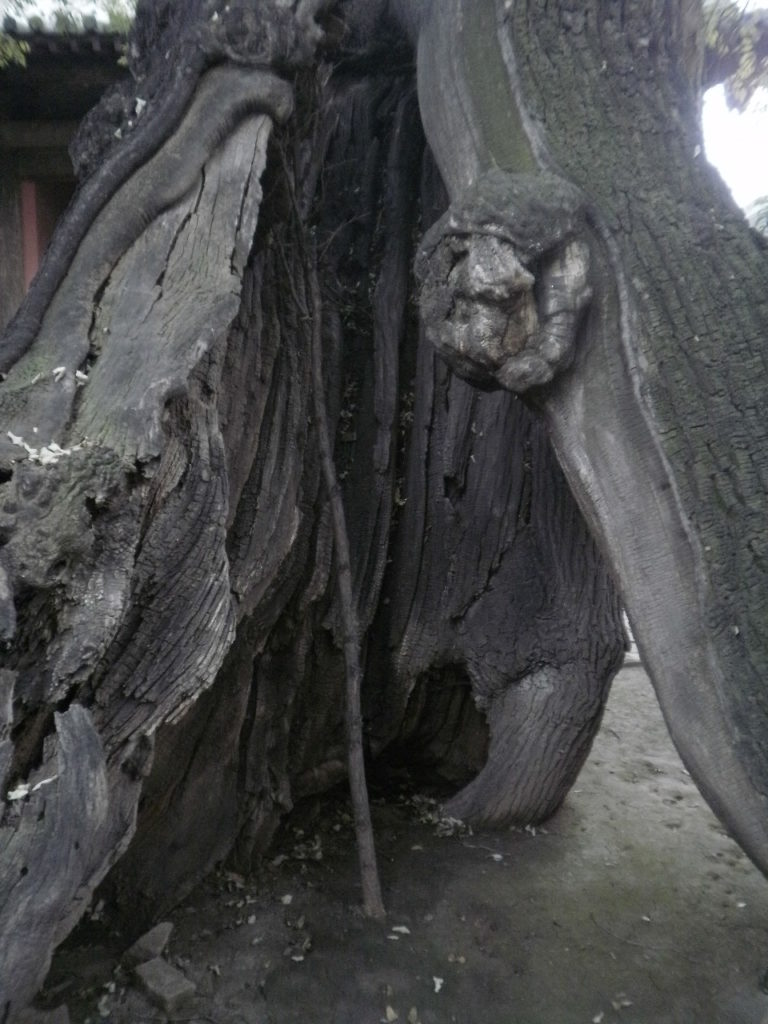
______________________________________________________________________________________________________
Shaanxi History Museum
The Shaanxi History Museum in Xi’an, regarded as ‘the pearl of ancient dynasties and house of Chinese treasures’, gives a miniature overview of the thousands of years of Chinese history and the splendid ancient cultures of olden times.
Situated on Xiaozhai East Road on the northwest side of Giant Wild Goose Pagoda, the Shaanxi History Museum is the first modern national museum. It was built in 1983 and opened to the public in 1991. Shaanxi History Museum covers 65,000 square meters (16 acres), of which 11,000 square meters (207 acres) belong to the exhibition halls and 8,000 square meters (about 2 acres) are used as warehouses for storing relics. Now 370,000 exhibits in the museum vividly show the history of over a million years from prehistoric times (1,150,000 years ago – 21st Century BC) to about 1840 AD.
The grand buildings of Shaanxi History Museum imitate the architectural style of the Tang Dynasty (618 – 907) with a two-storied central hall and four worship halls around it. The predominant colors of the halls are black, white and grey, which give the halls an atmosphere of solemnity and rustic charm.
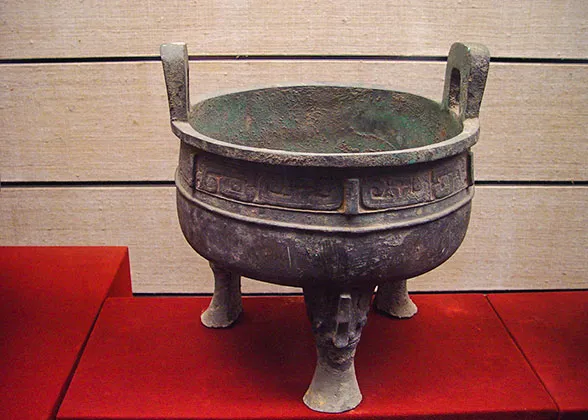 |
| Bronze Mirror of Tang Dynasty |
The exhibition halls of Shaanxi History Museum are generally divided into four main groups; the Preface Hall, the permanent exhibition halls, the temporary exhibition halls, and an exhibition hall for Tang Mural Paintings. Once you enter the central hall, you will be in the Preface Hall, where stands a replica of a stone lion from the Shunling Tomb of the Tang Dynasty and a huge picture of a loess plateau and the Yellow River. Behind the picture you will find the permanent exhibition halls.
Permanent Exhibition Halls in Shaanxi History Museum shows the Shaanxi’s culture in the timeline in three exhibition halls separately.
1F – No.1 Exhibition Hall
It shows the history of Prehistoric Times (1,150,000 years ago – 21st Century BC), Western Zhou (1046 – 771 BC) and Qin Dynasty (221 BC-206 BC). Different original cultures are mainly shown in prehistoric times. In the Western Zhou and Qin Dynasty areas, the origin and arising of these two dynasties are covered.
2F – No.2 Exhibition Hall
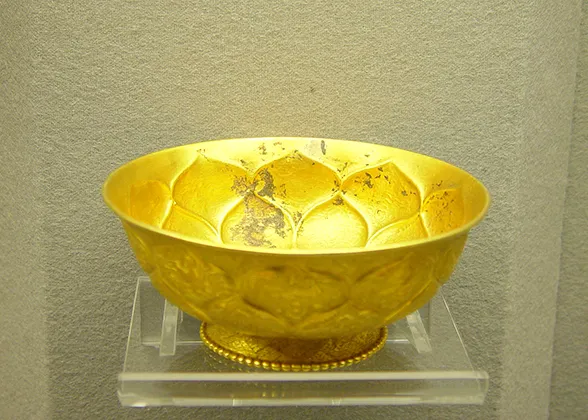 |
| Golden Bowl with Lotus Patterns |
It shows the history from the Han Dynasty to the Northern and Southern Dynasties (386-589). In the Han Dynasty, grand architecture and the cultural exchange with other countries are interesting. Everlasting wars and cultural integration are the main themes of the North and Southern Dynasties.
2F – No.3 Exhibition Hall
It covers the history of the Tang Dynasty and later years. The Tang Dynasty was the heyday of China and Shaanxi Province; so many different kinds of relics covering almost all aspects are shown in this section. You can see splendid gold and silver articles, tri-color glazed pottery, and articles related to the Silk Road in this hall. After the Tang Dynasty, although Xi’an lost its position as the capital city of China, it was still an important place. There are many relics that show its continuing importance.
West Side of B1 – Treasures of Great Tang Dynasty
These treasures, being shown in one of the temporary hall, were unearthed from Hejia Village, Xi’an, Shaanxi Province. Besides, there is the other hall which is usually features a variety of theme exhibitions.
East Side of B1 – Exhibition Hall for Mural Paintings of Tang Dynasty
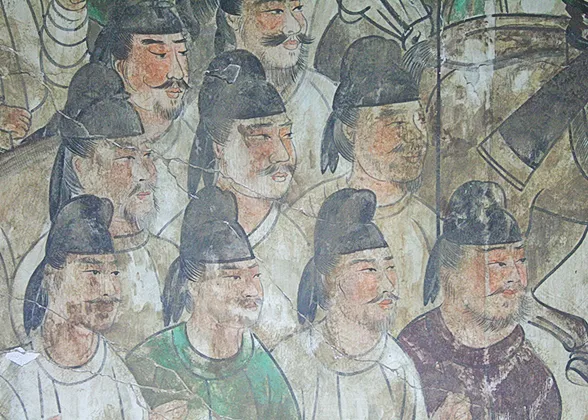 |
| Mural of Tang Dynasty |
It is the most distinctive collection in the museum. The hall, lying on the first floor below ground, occupies 1,000 square meters and stores 600 mural paintings from more than 20 noble tombs of the Tang Dynasty. These painting describe different aspects of the noble classes in the Tang Dynasty, depicting how people lived during that time. Other related relics and painting in other dynasties are also shown as companions for the paintings so that visitors can understand the development of the murals. For additional information there is an inquiry system and electronic explanation system provided enabling you to not only enjoy the fantastic murals but also get some background knowledge. This hall is open to the public on an occasional basis per week.
Exhibition Hall of Tang Murals & Stone Coffins
Besides, another exhibition hall, focusing on 5 pieces of Tang Murals and stone coffins from Jingling Mausoleum, was open to the public in 2013 in Shaanxi History Museum. Jingling Mausoleum is the tomb of Zhenshun Empress of Emperor Xuanzong during the Tang Dynasty (618-907), Lilongji. The coffin from her tomb, formed by 31 pieces of beautifully carved stones, weighs 27 tons and is about 2.5 meters long. It looks like a small stone palace. It is currently the biggest and best preserved coffin among the more than 20 unearthed coffins from the Tang Dynasty.
________________________________________________________________________________________________________________
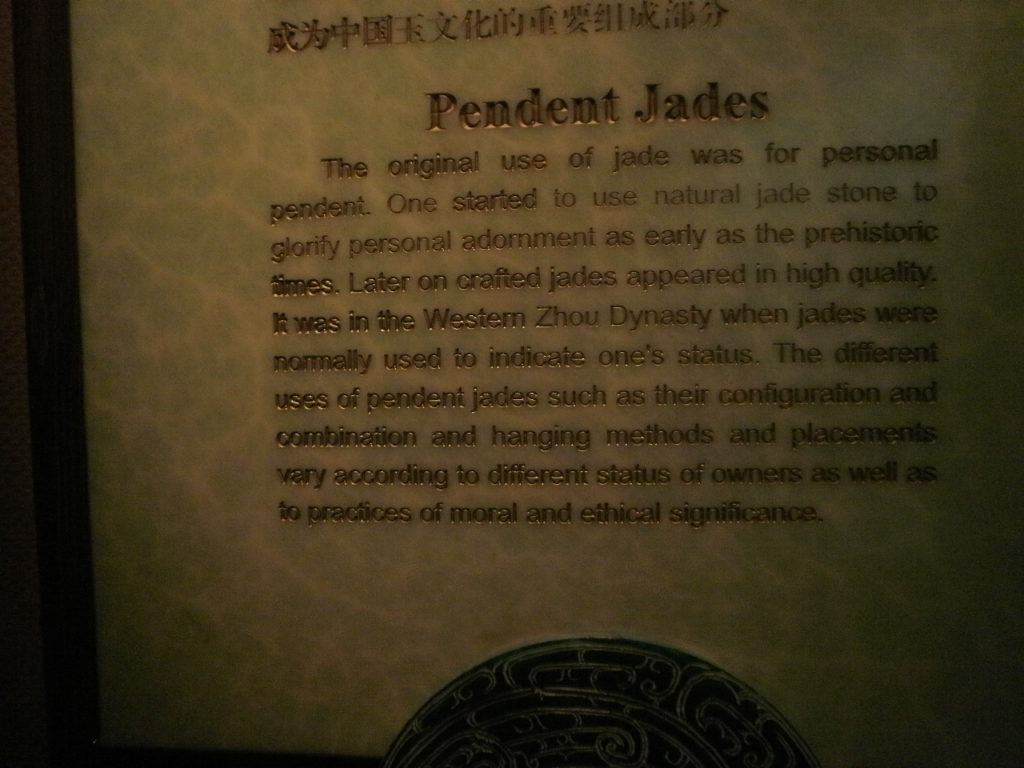
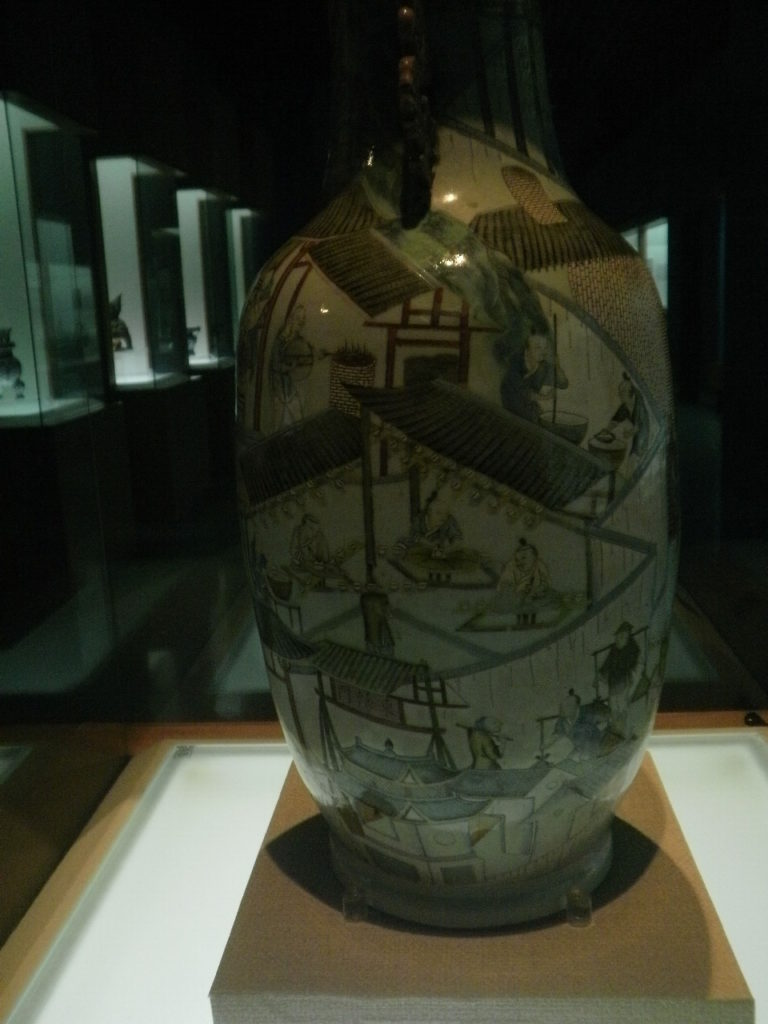
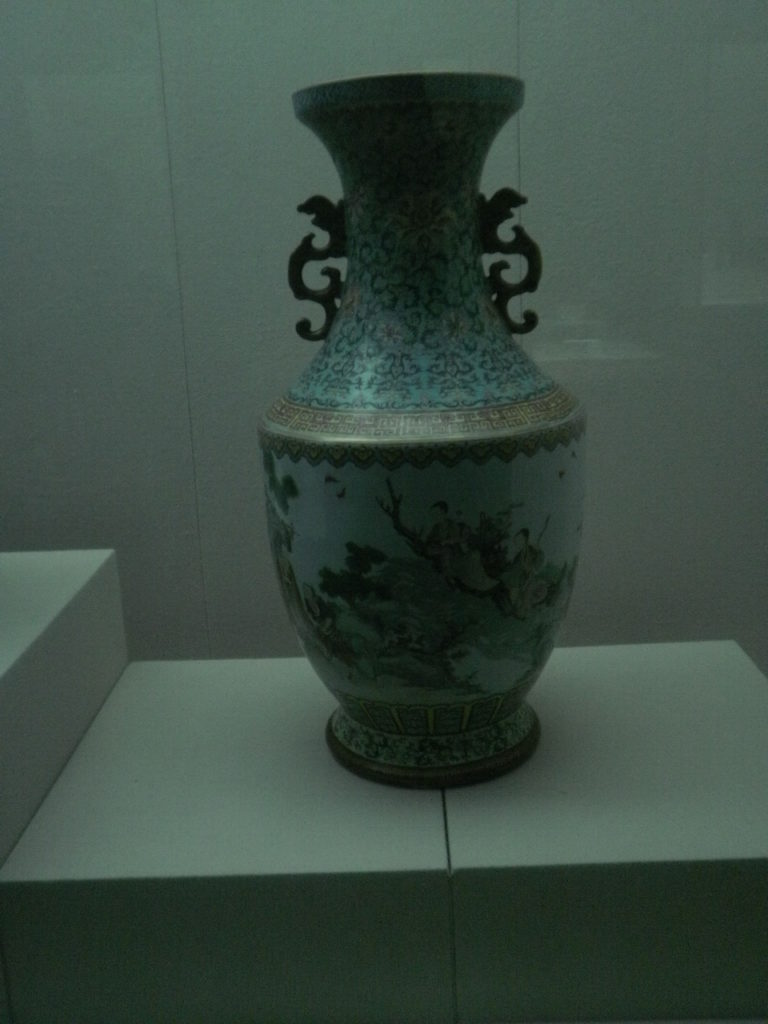
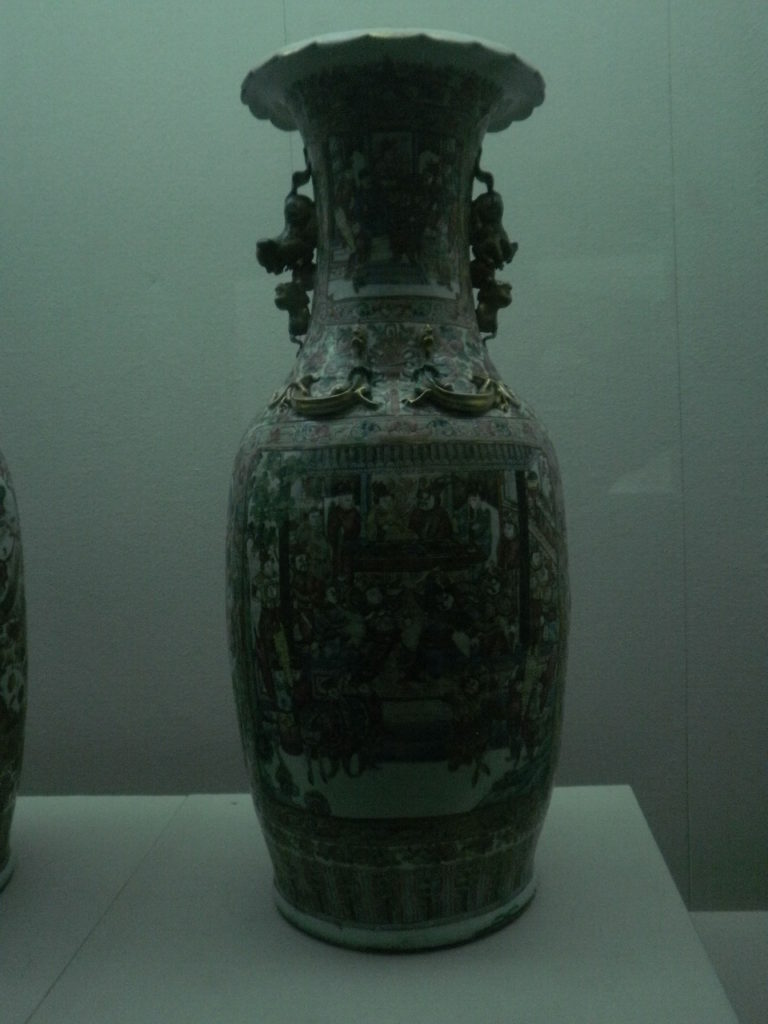
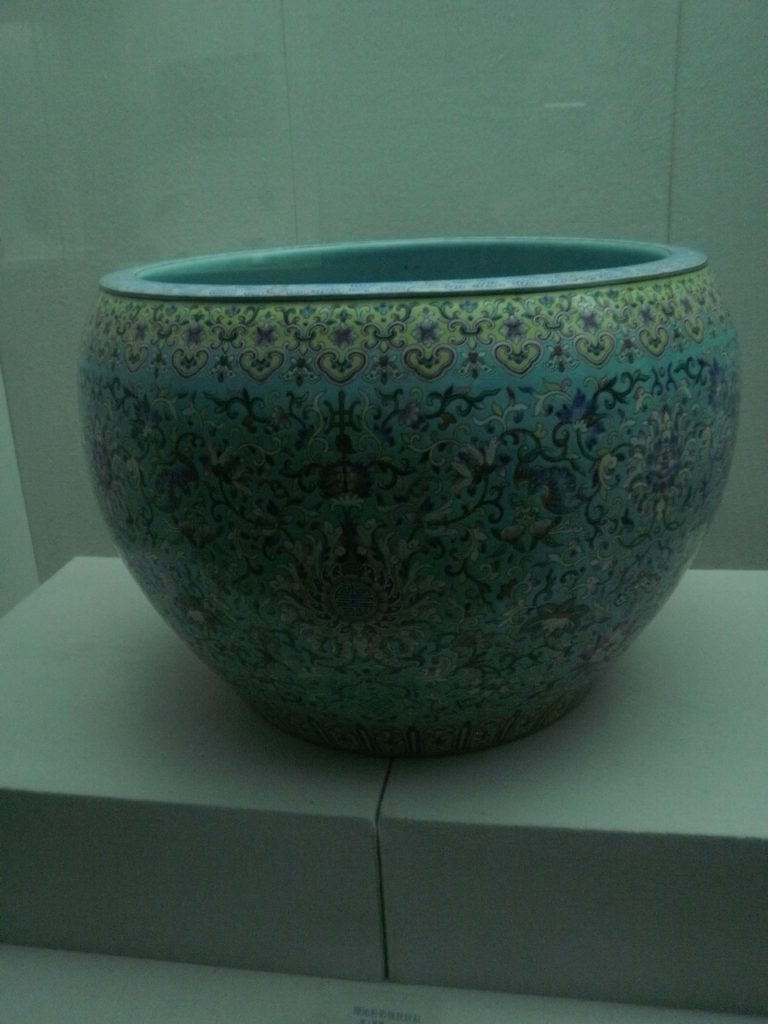
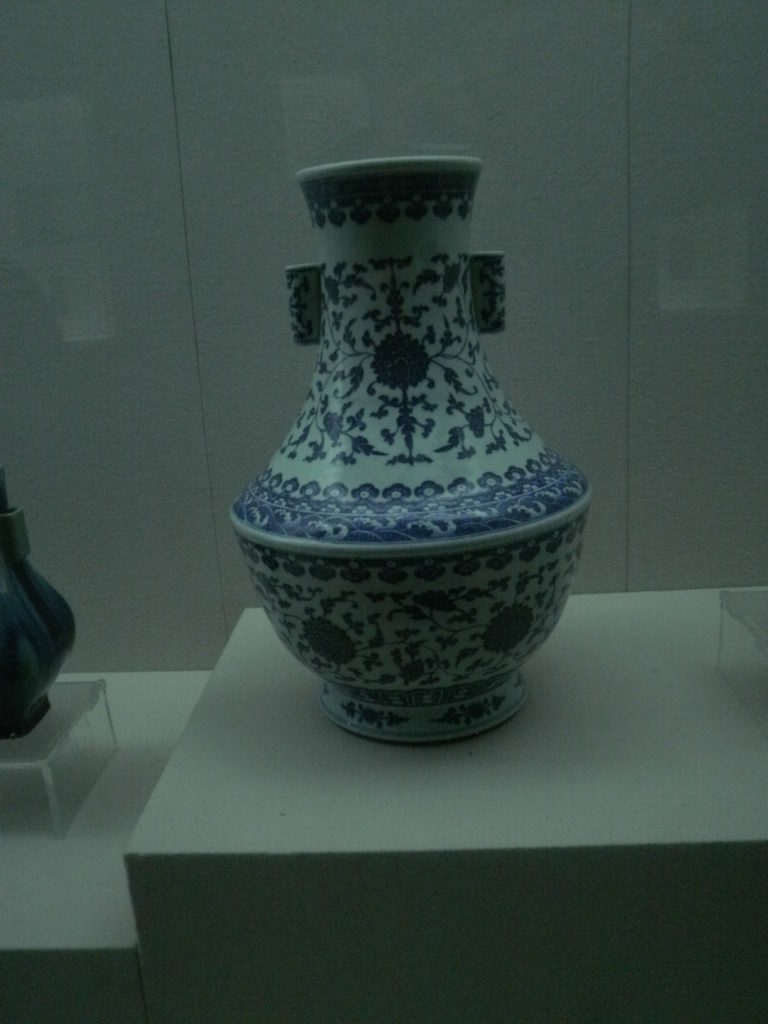
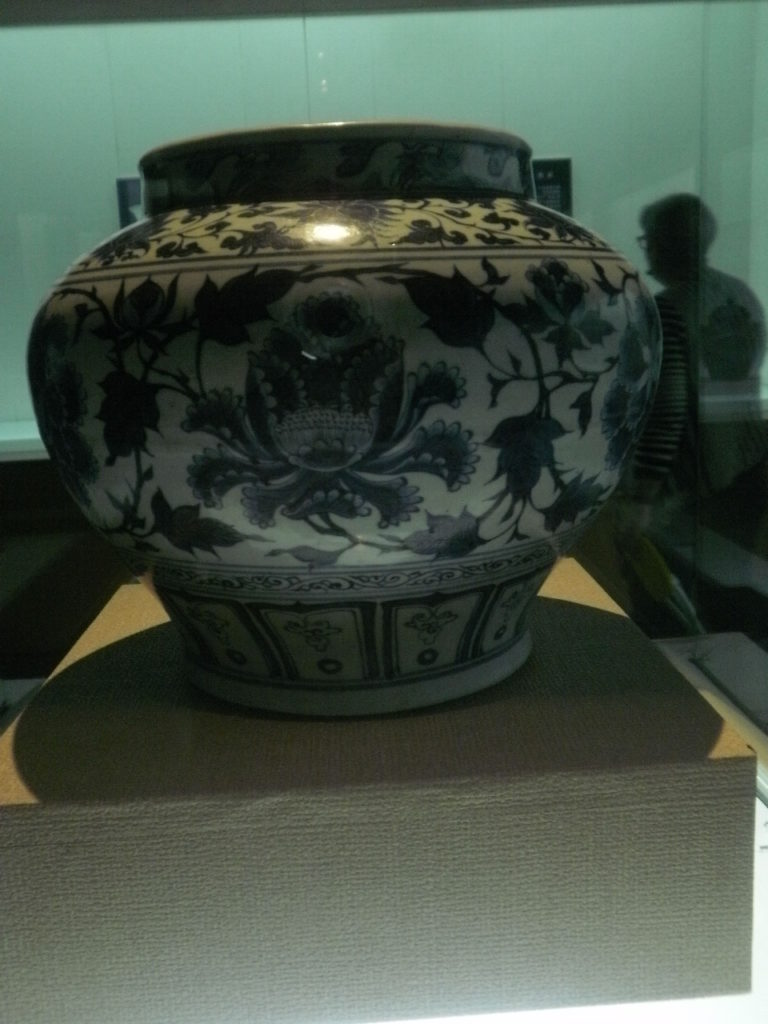
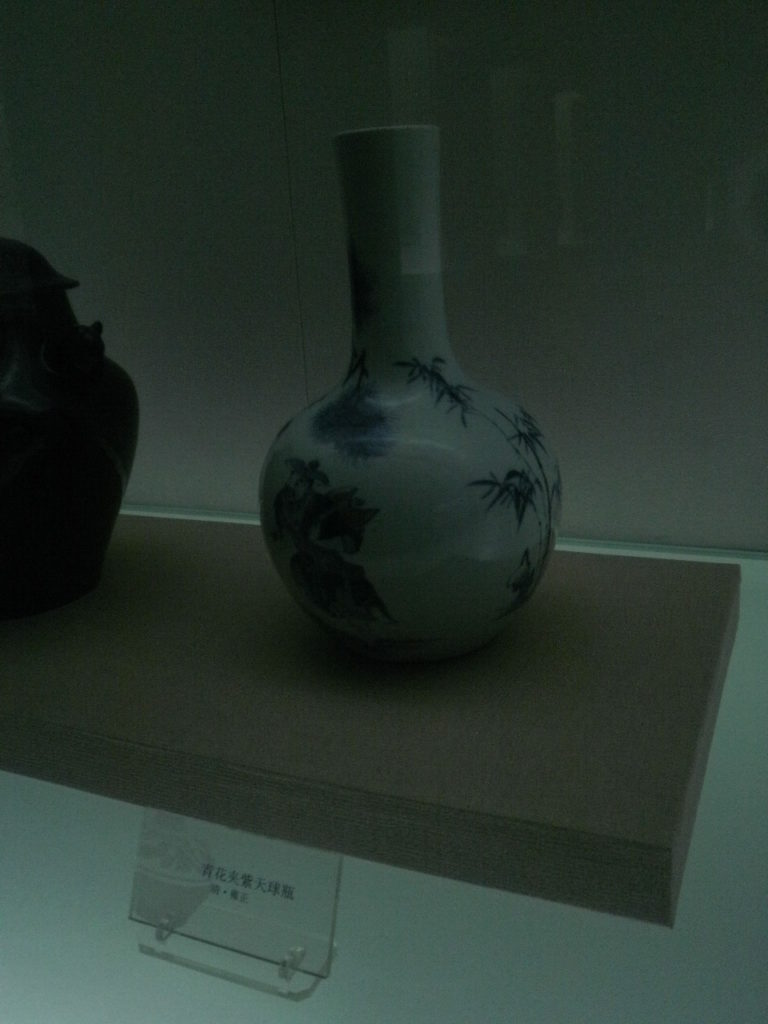
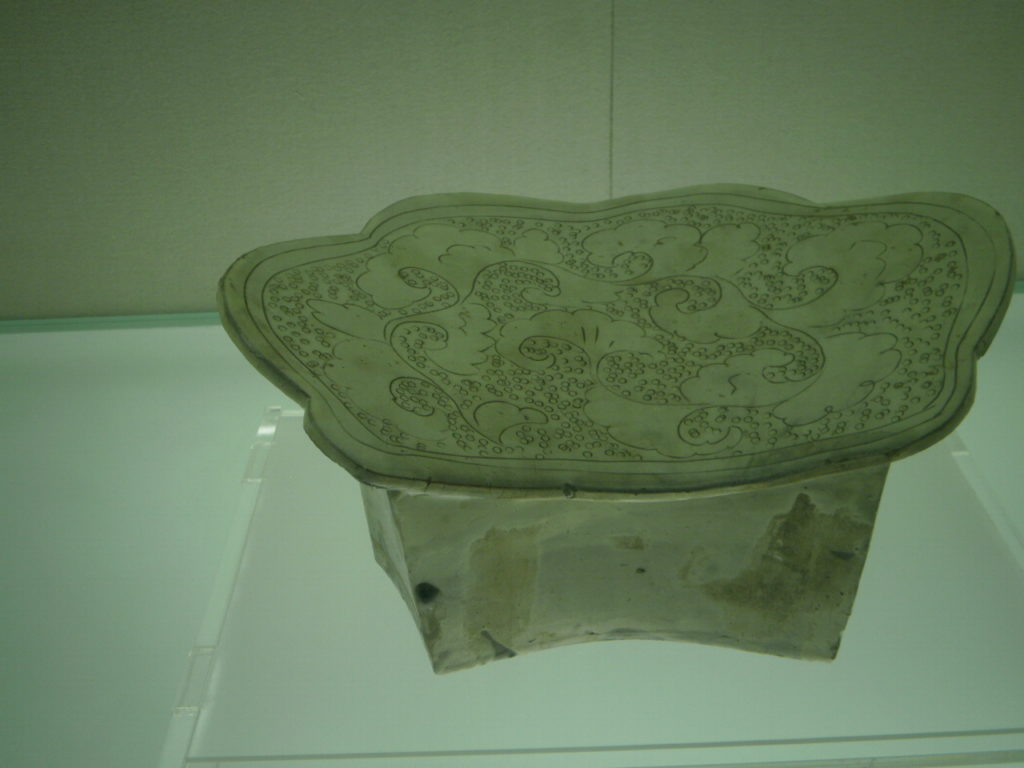
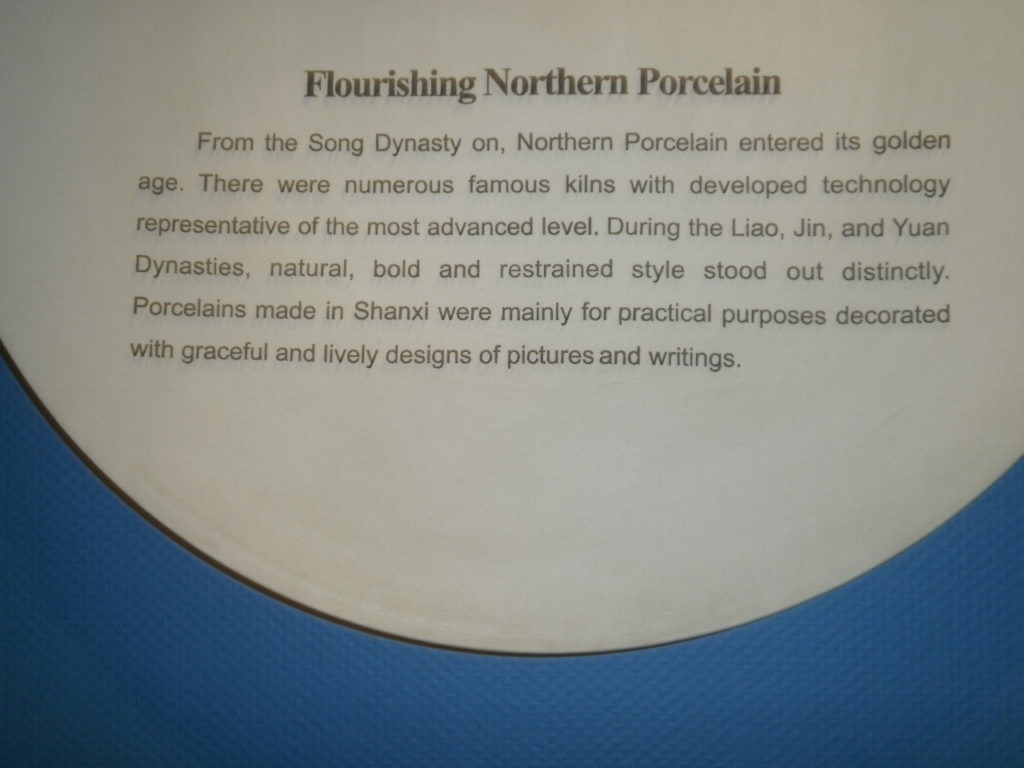
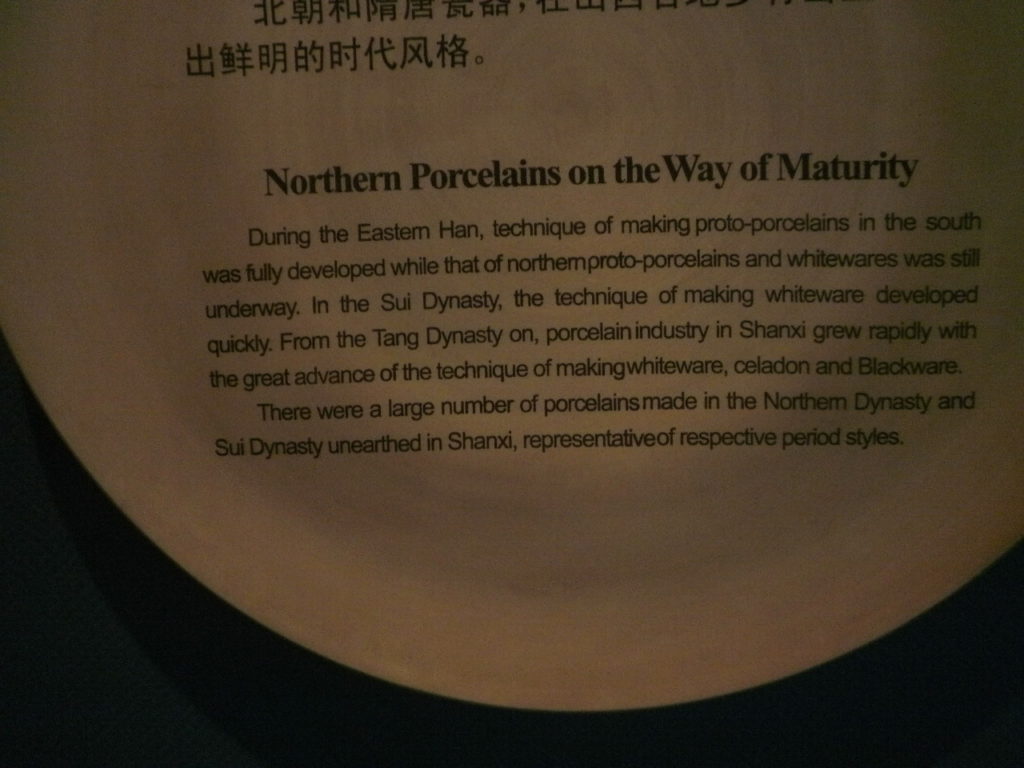
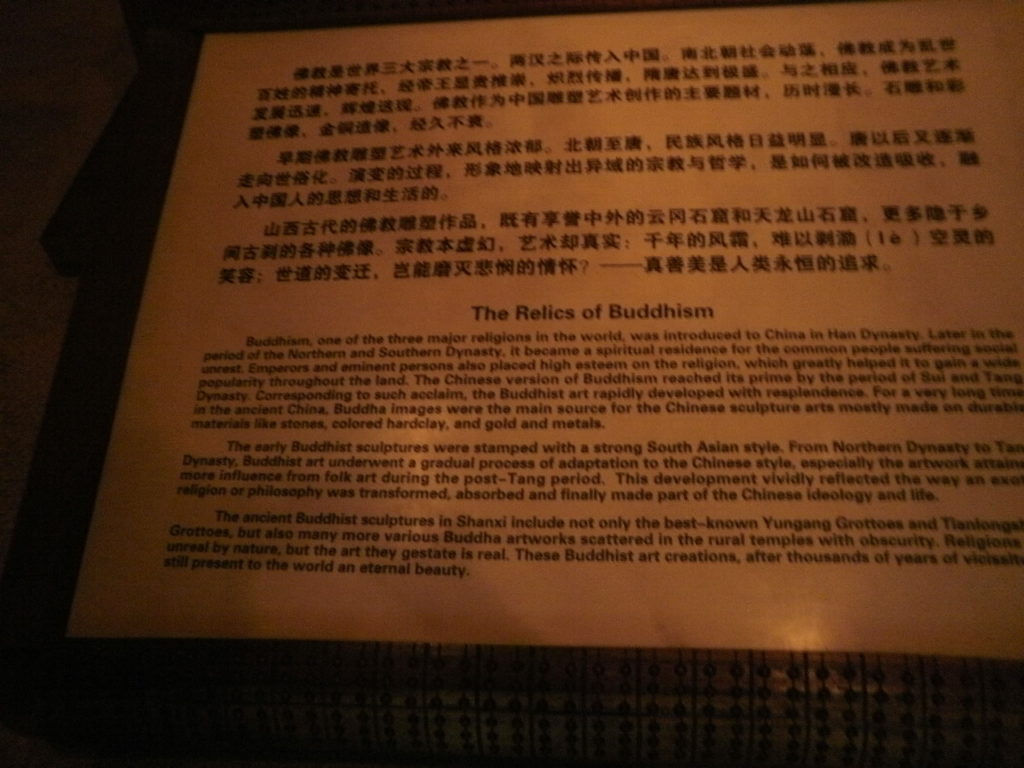
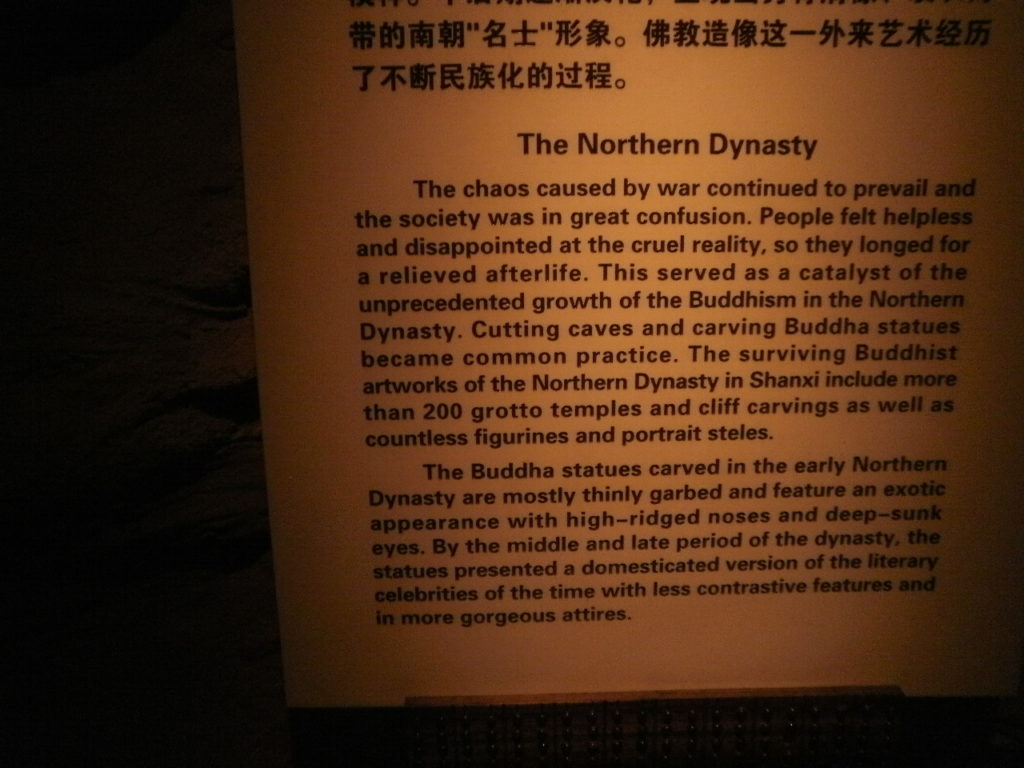
_____________________________________________________________________________________________________
Pingyao Streets and Shops:
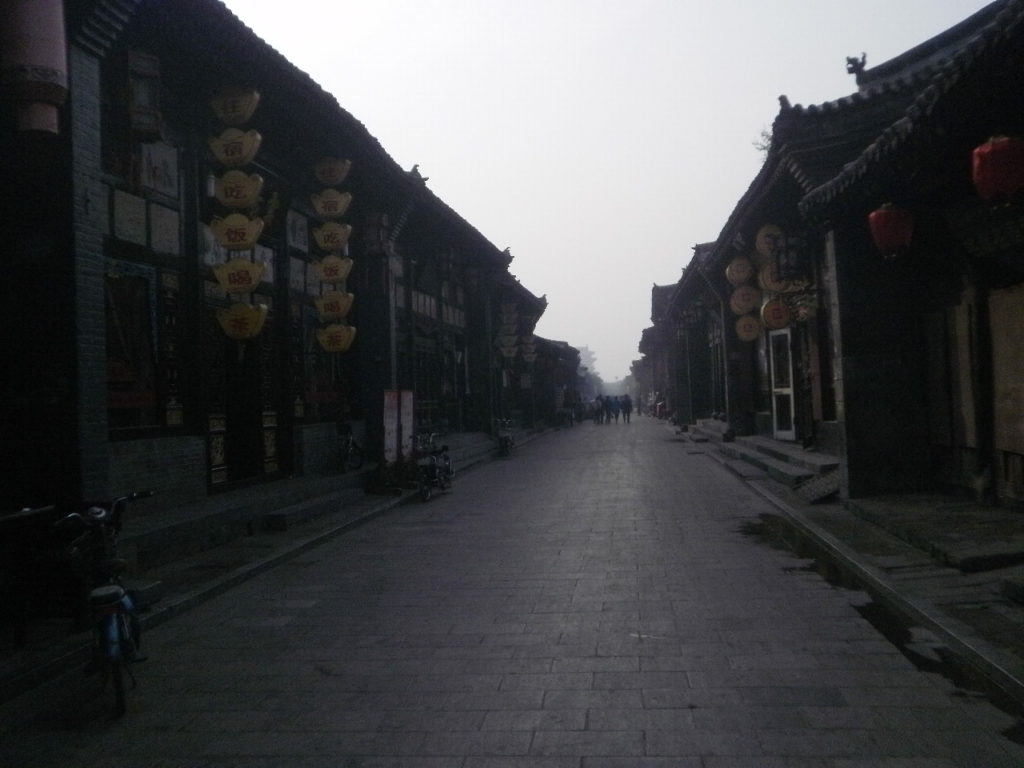
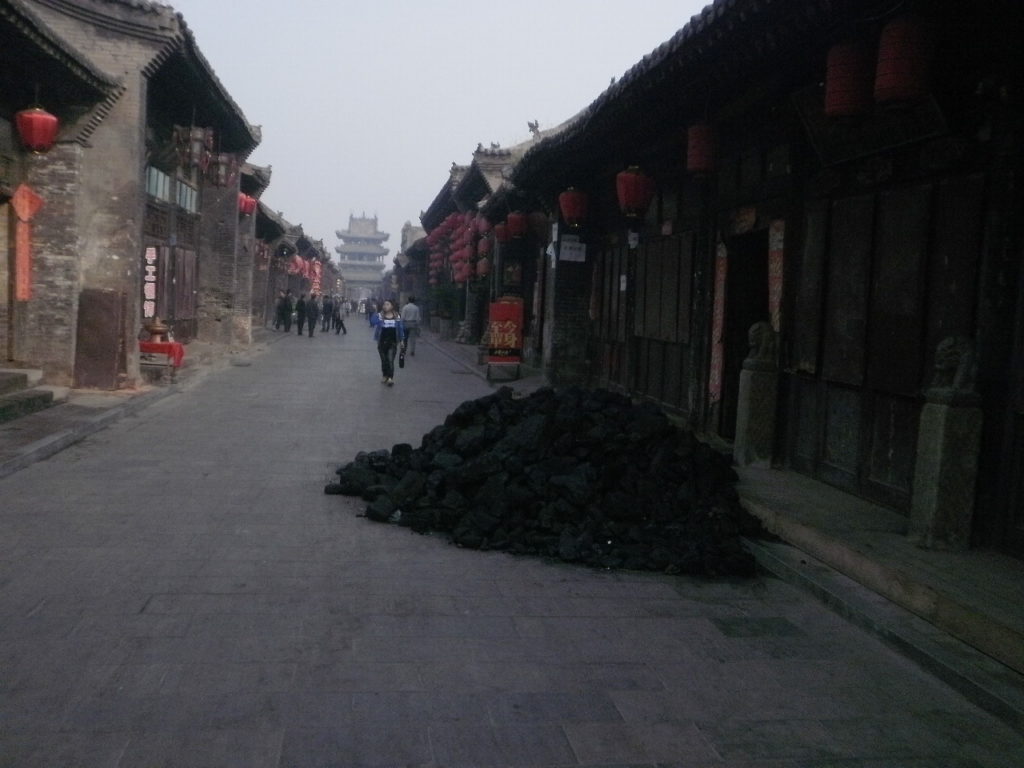
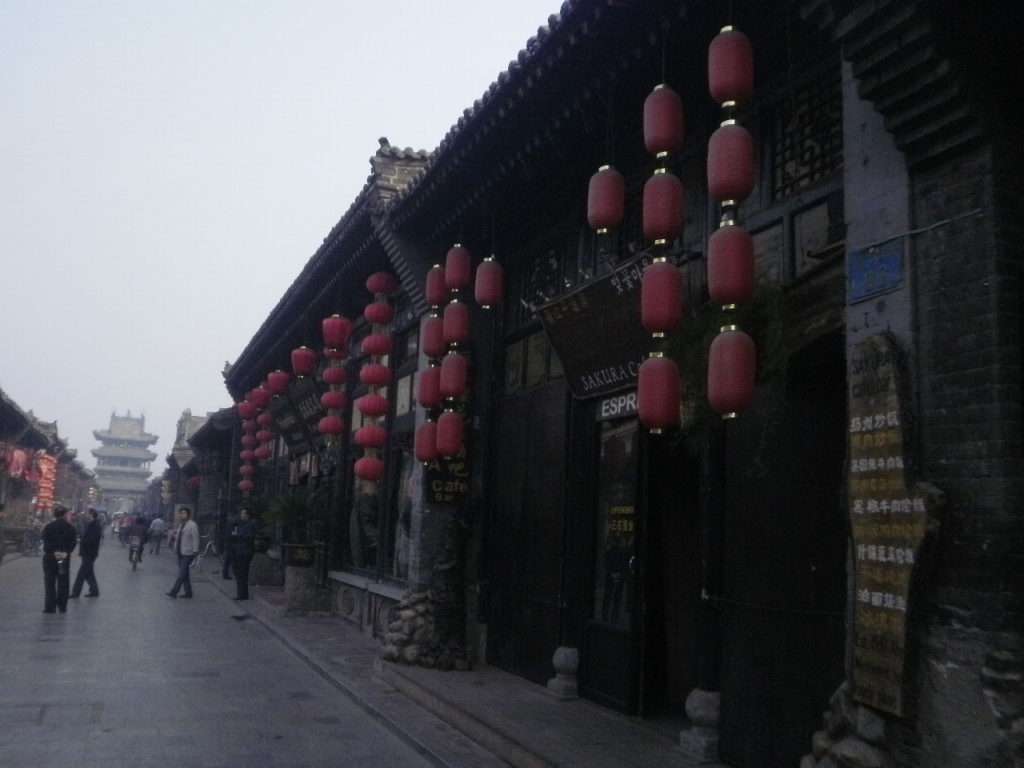
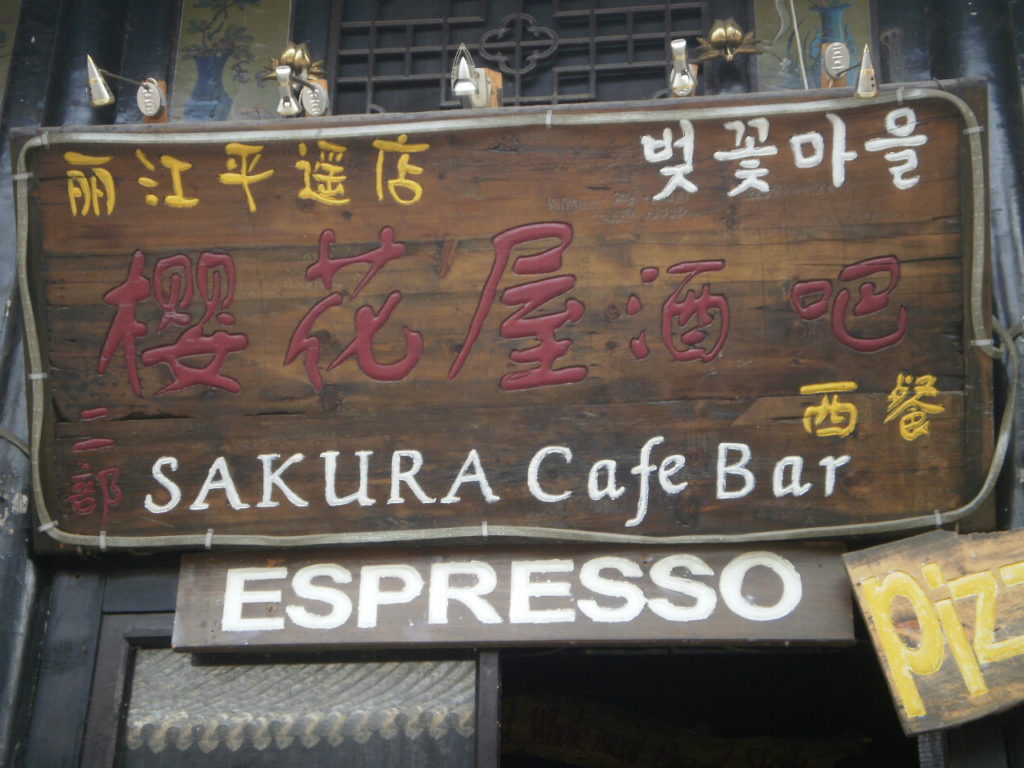
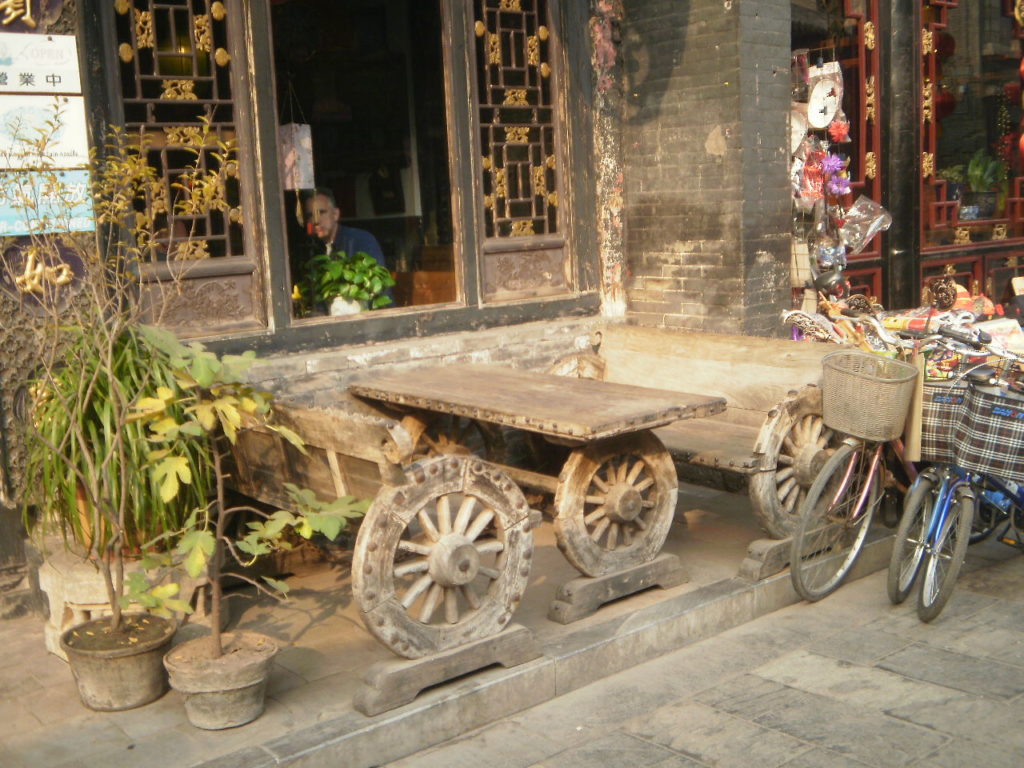
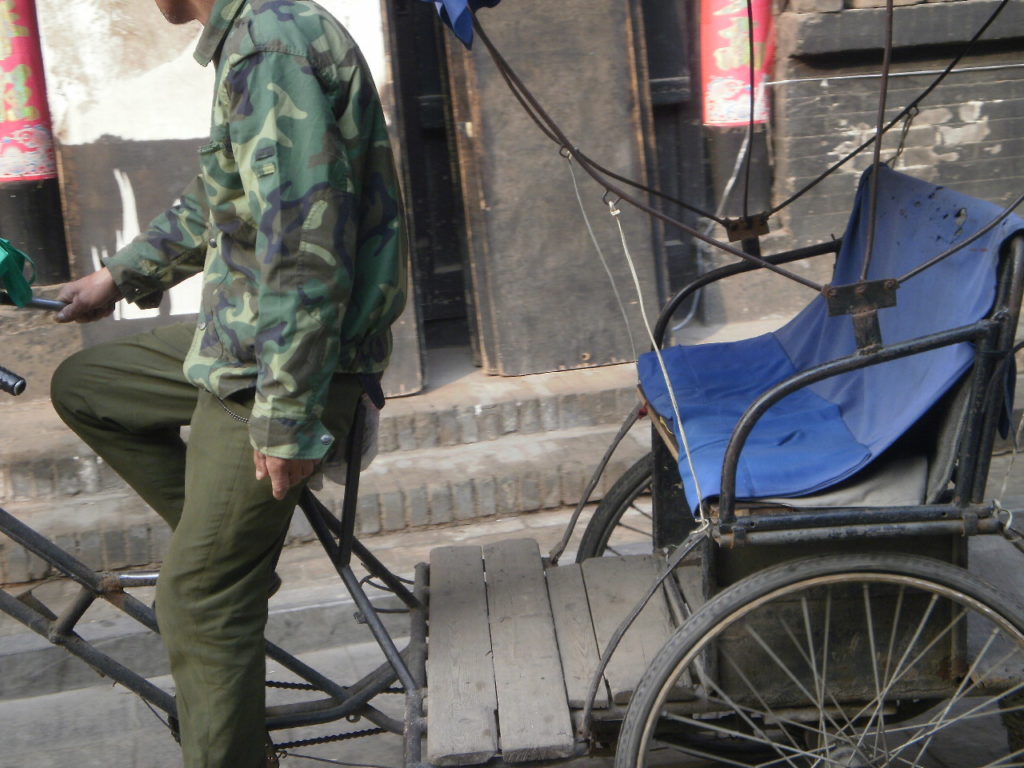
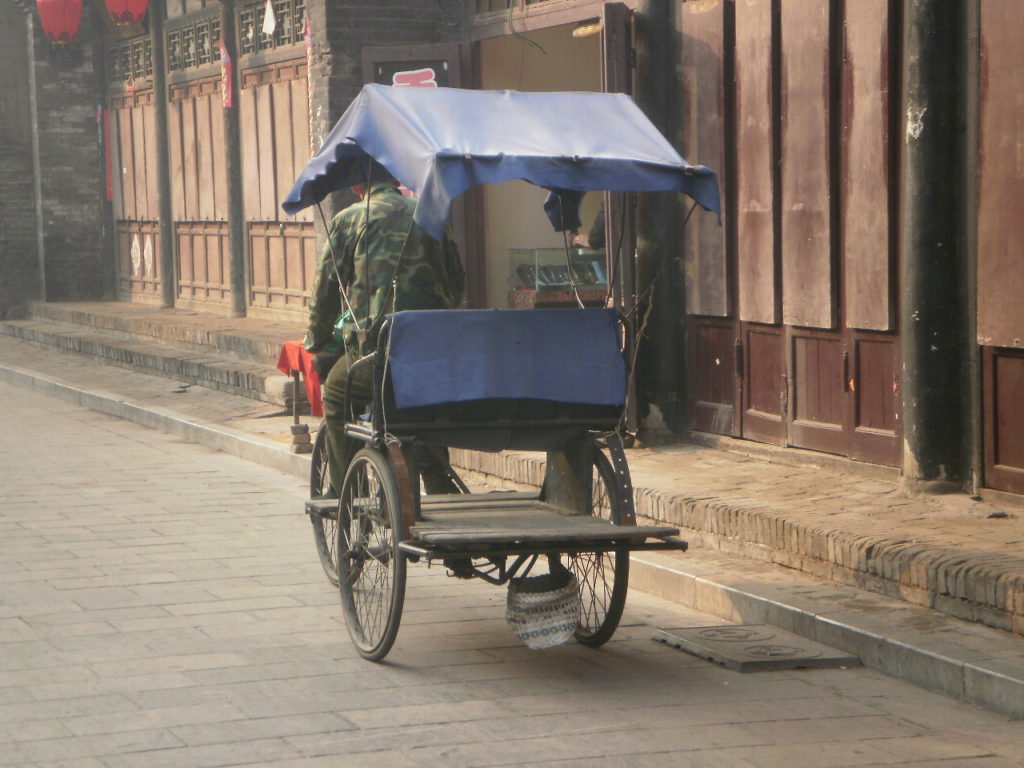
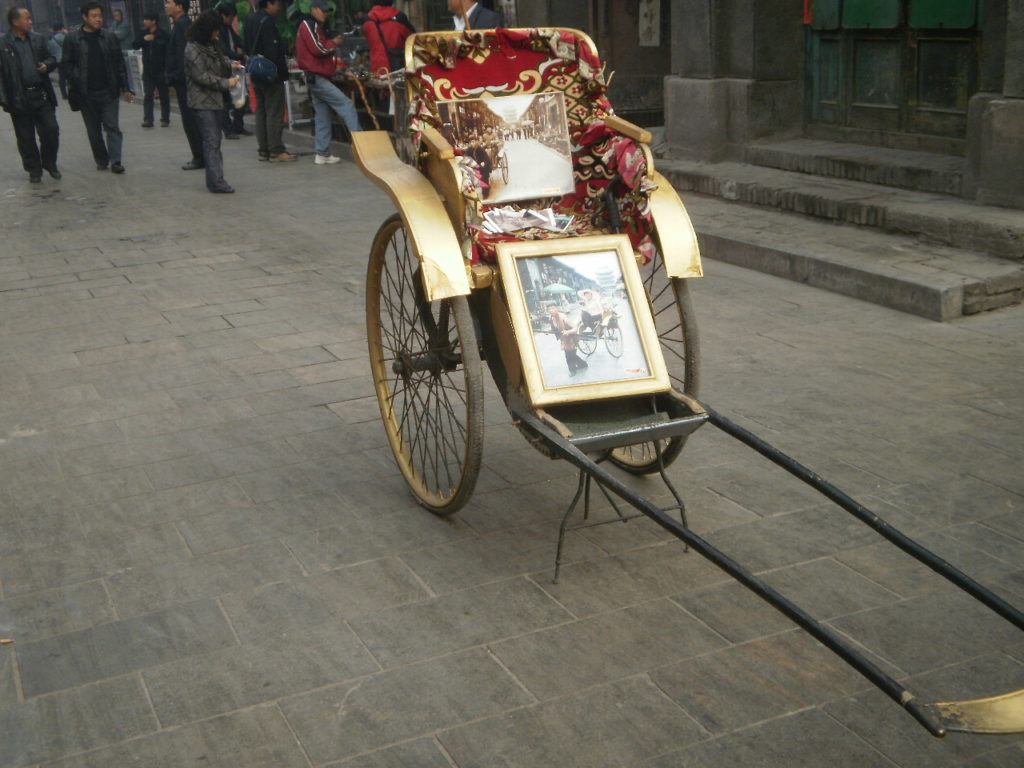
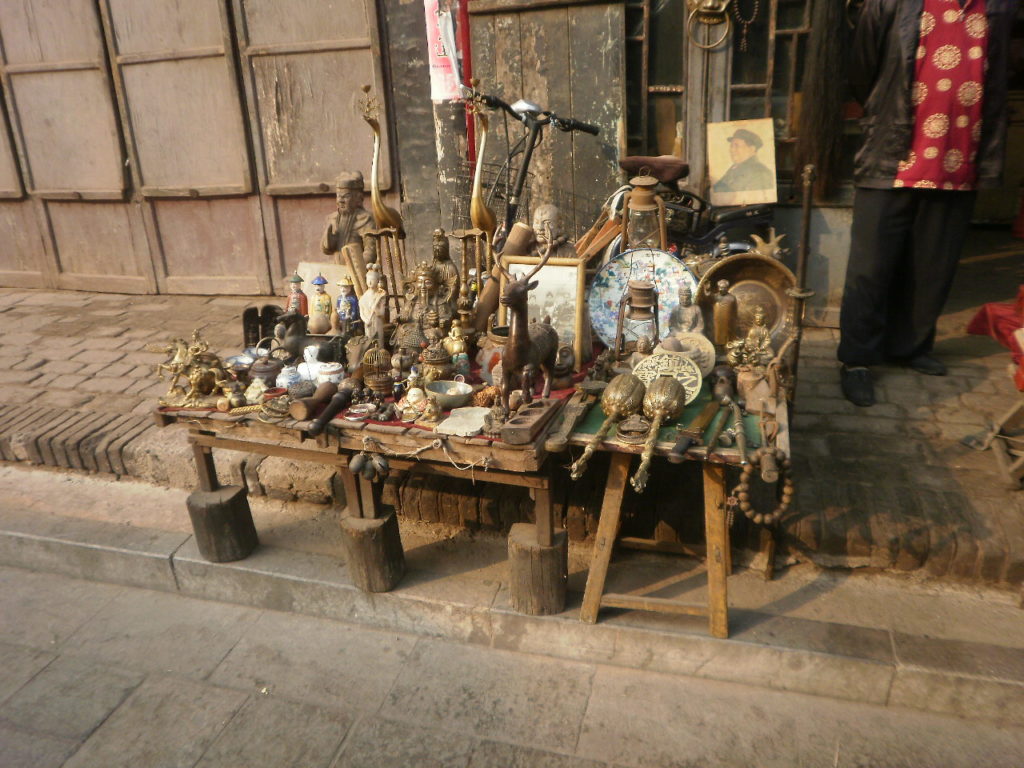
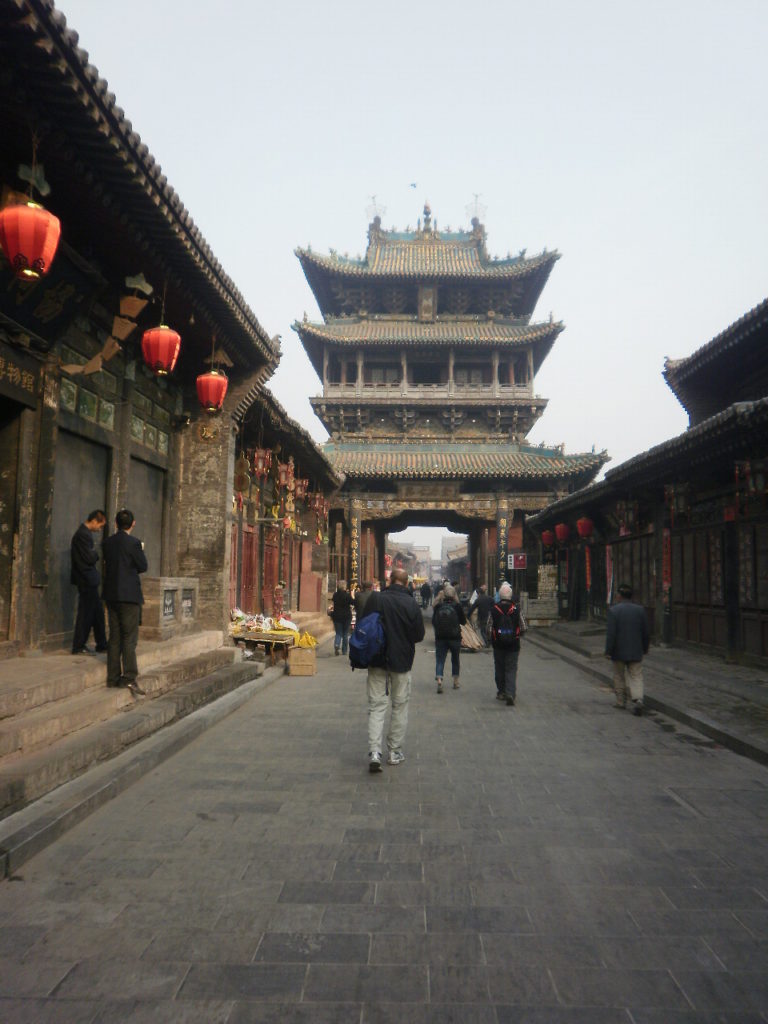
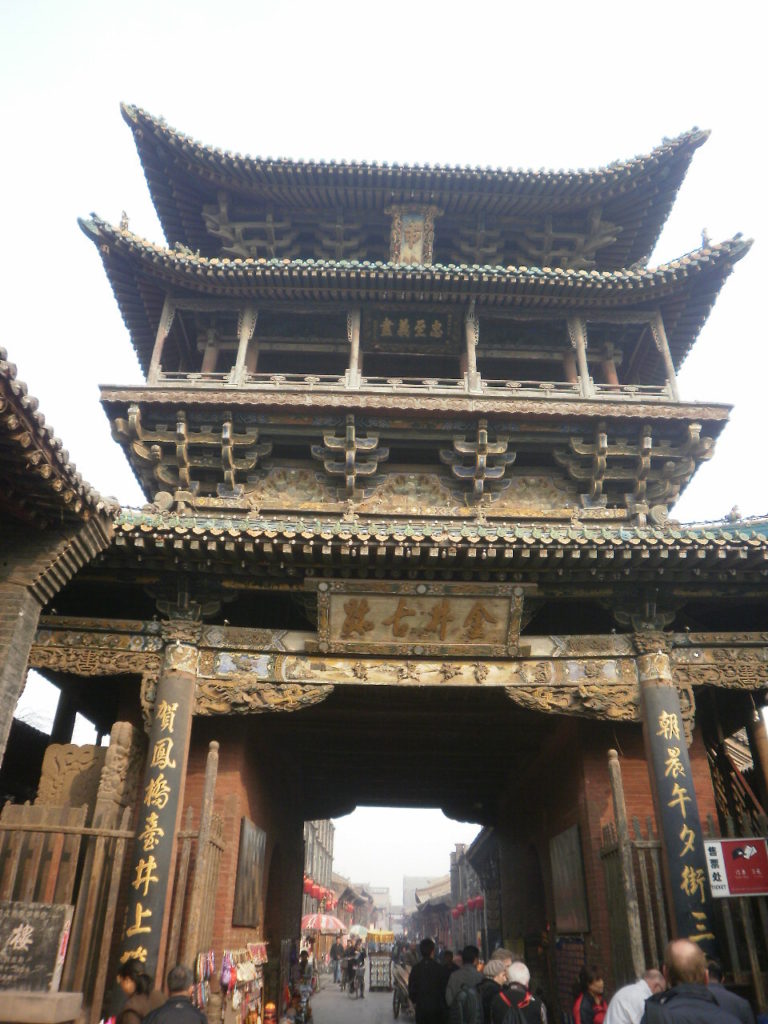
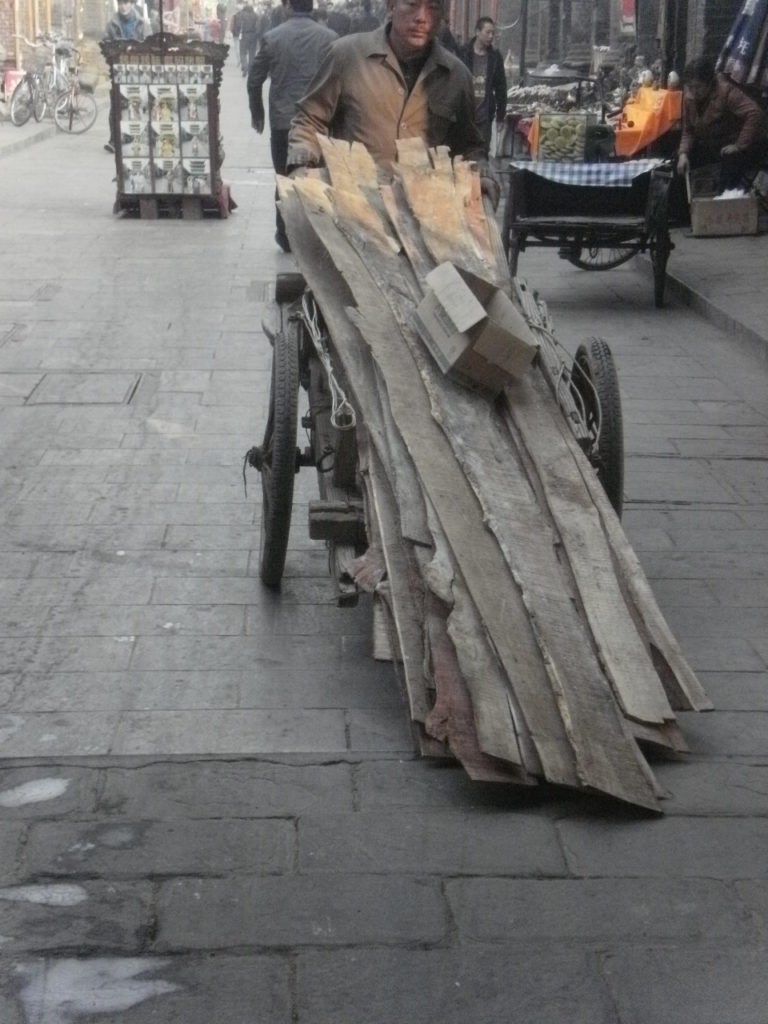
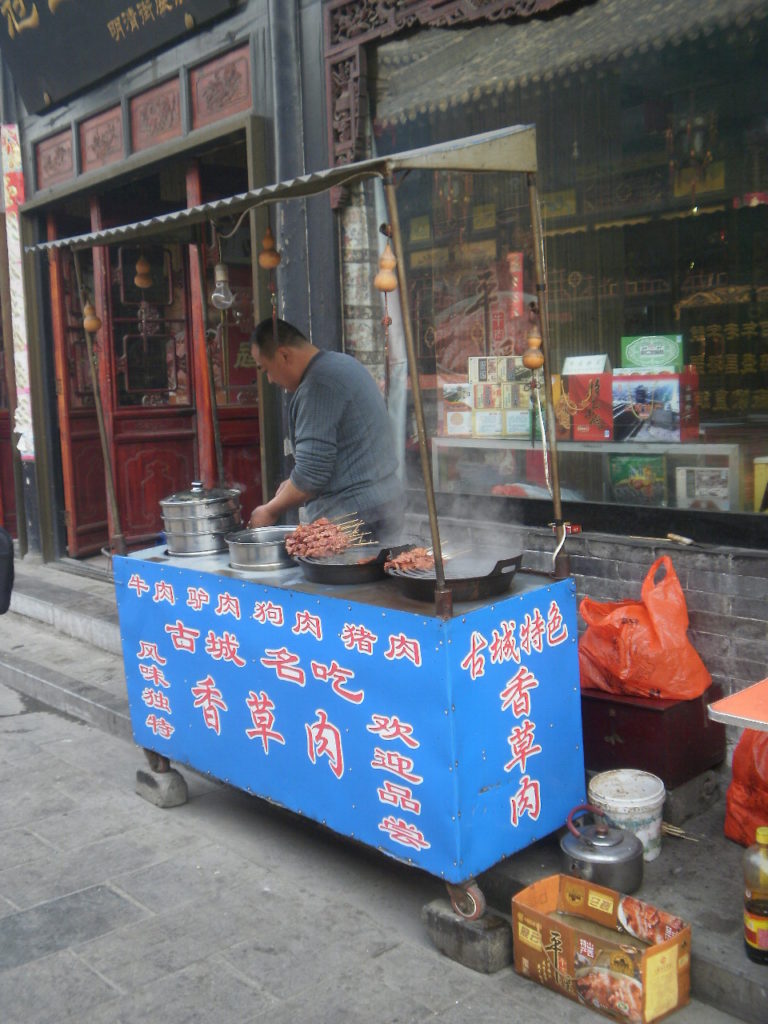
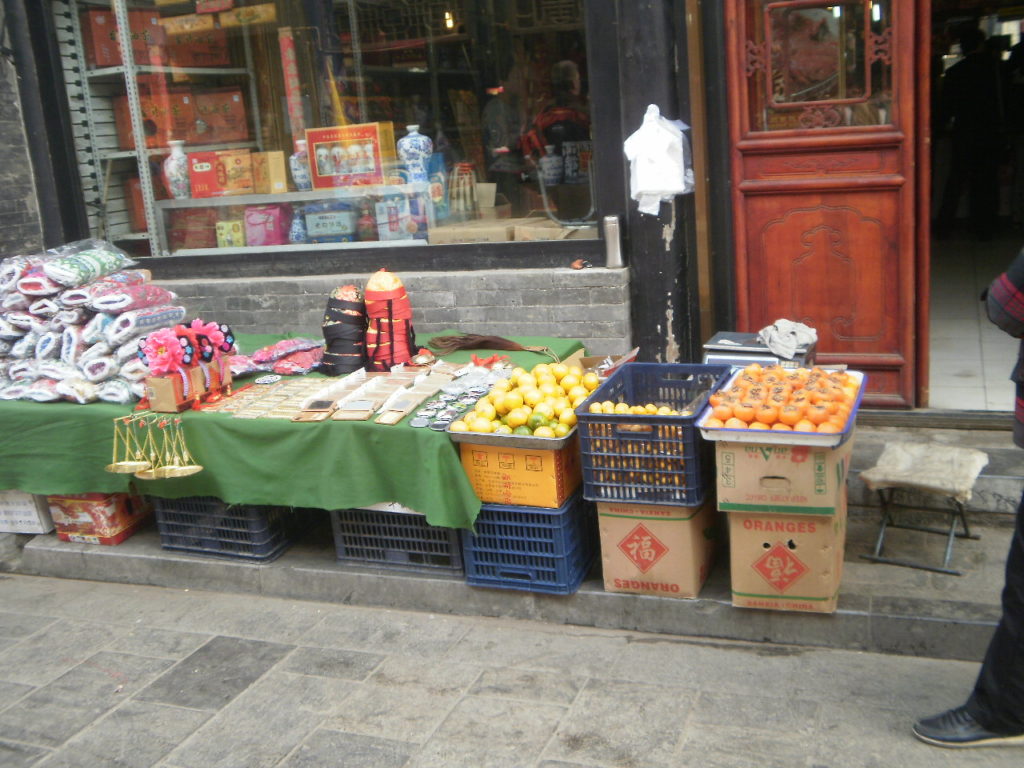
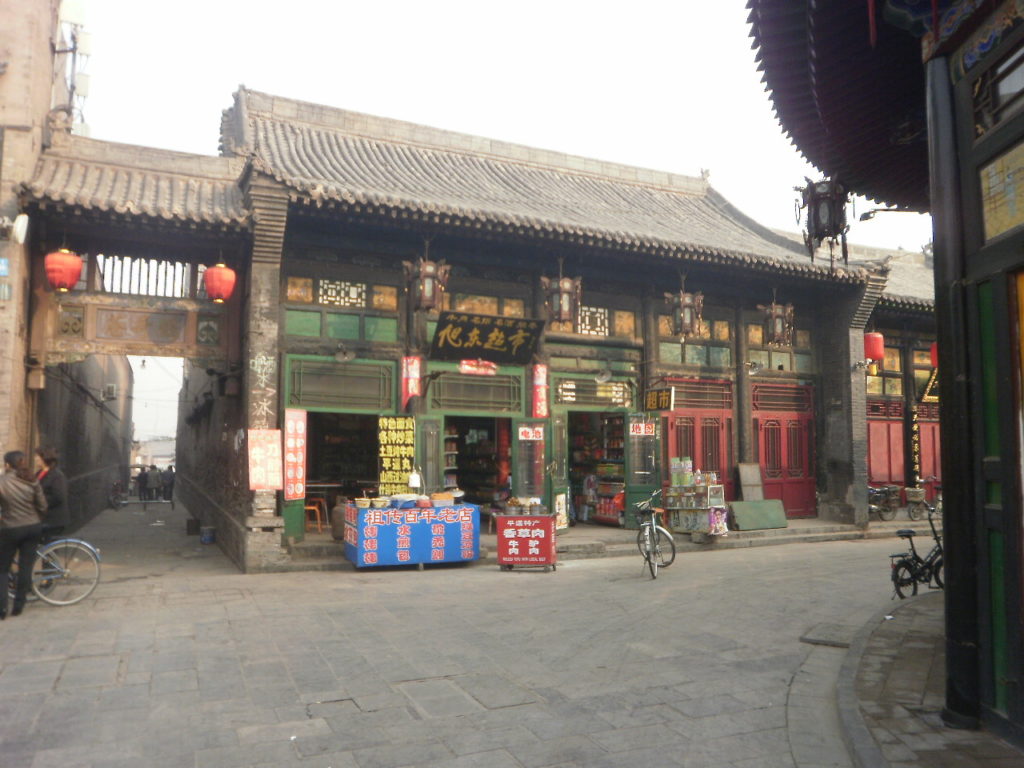
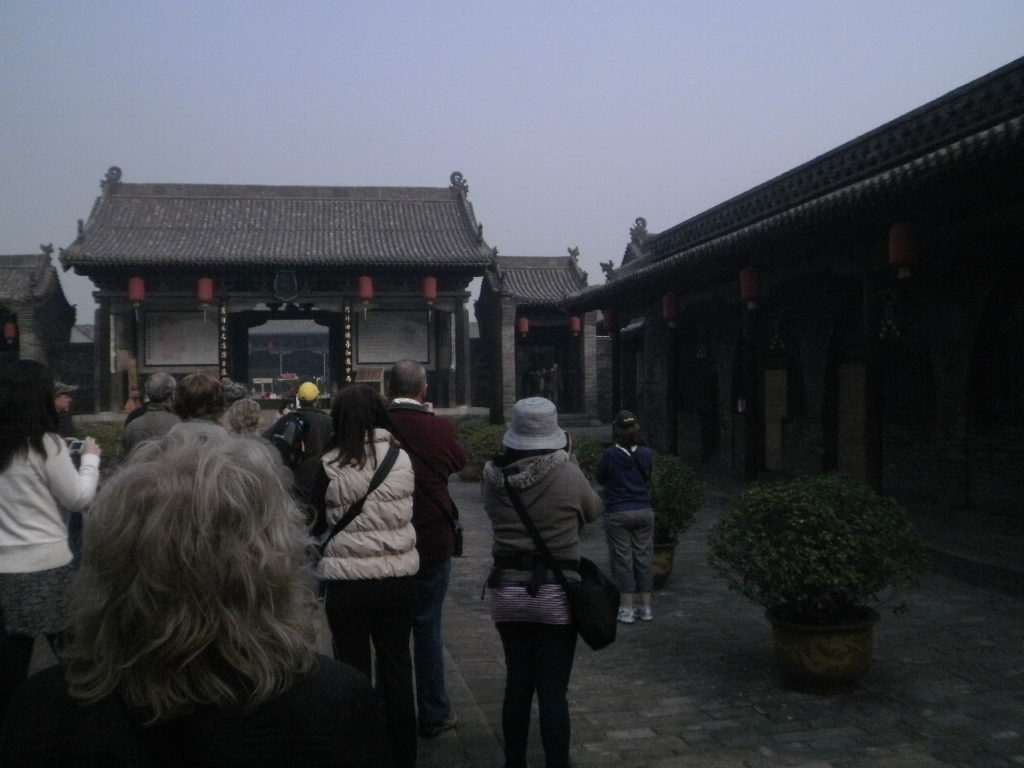
__________________________________________________________________________________________________________
The Prison:
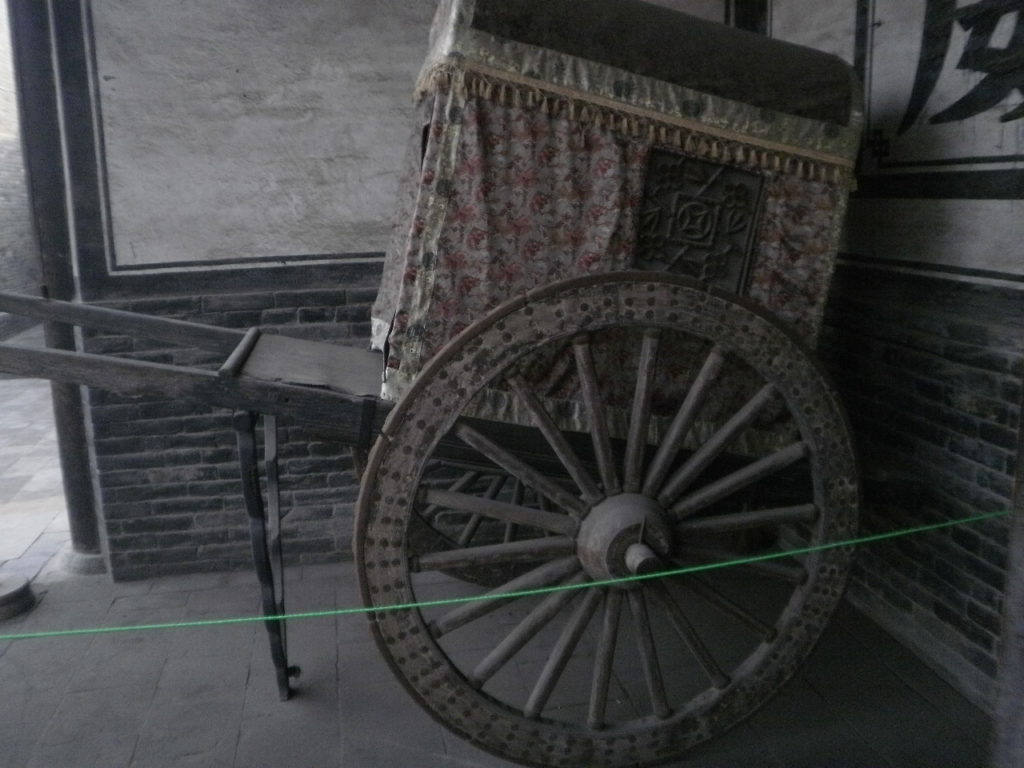
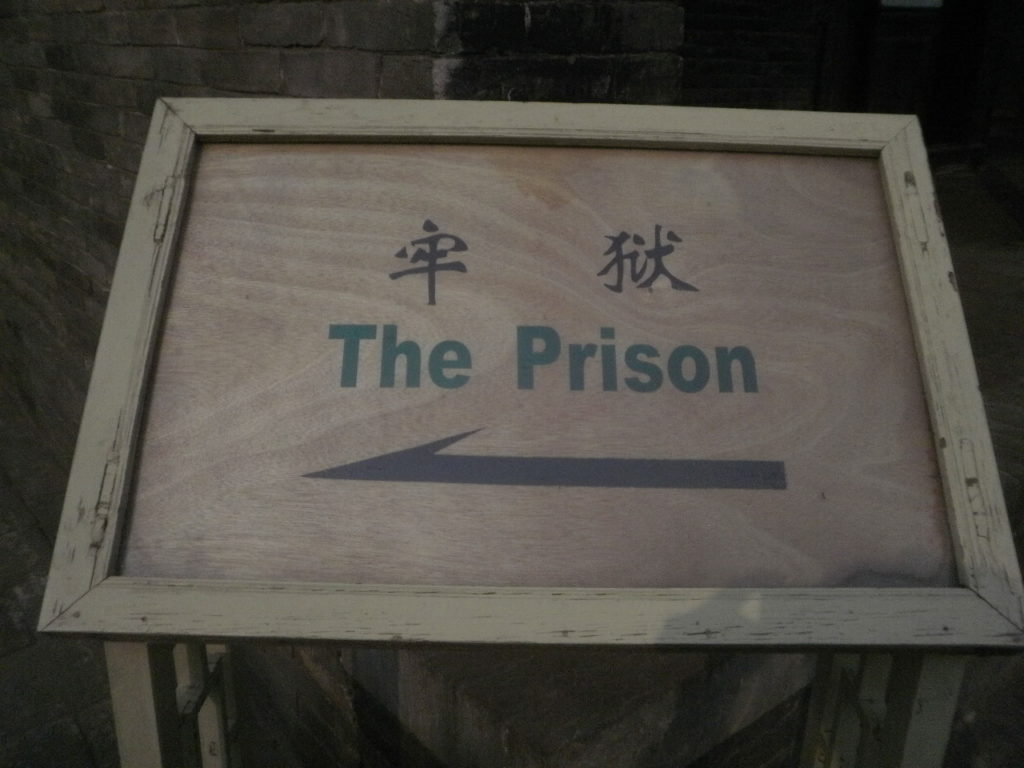

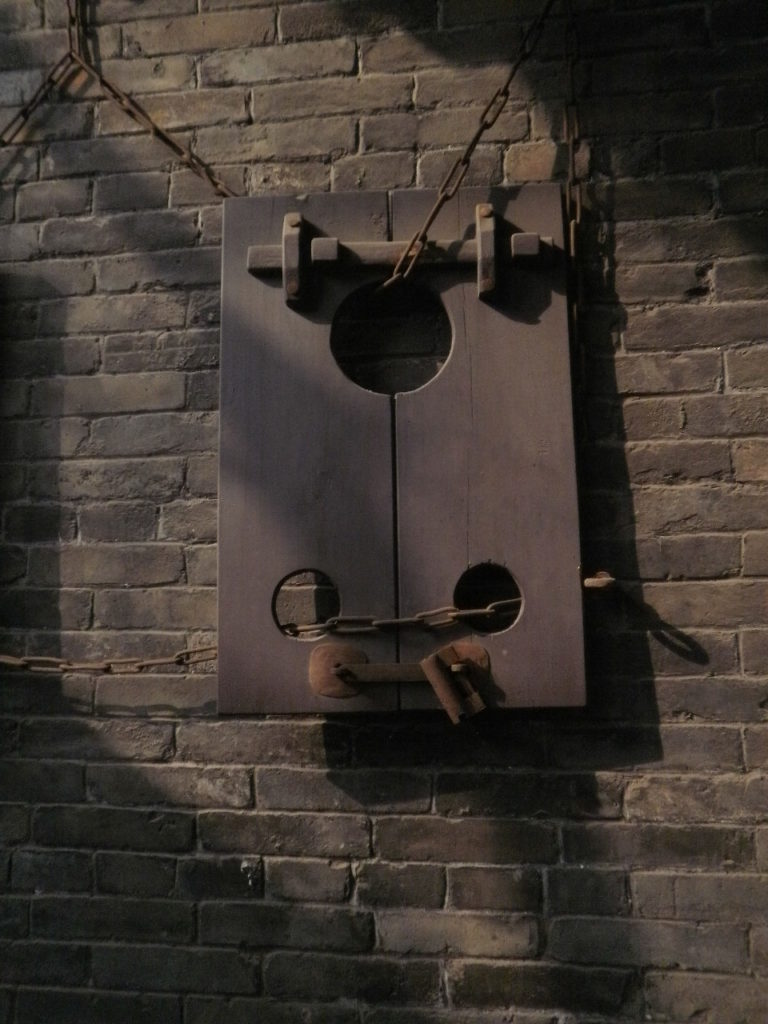
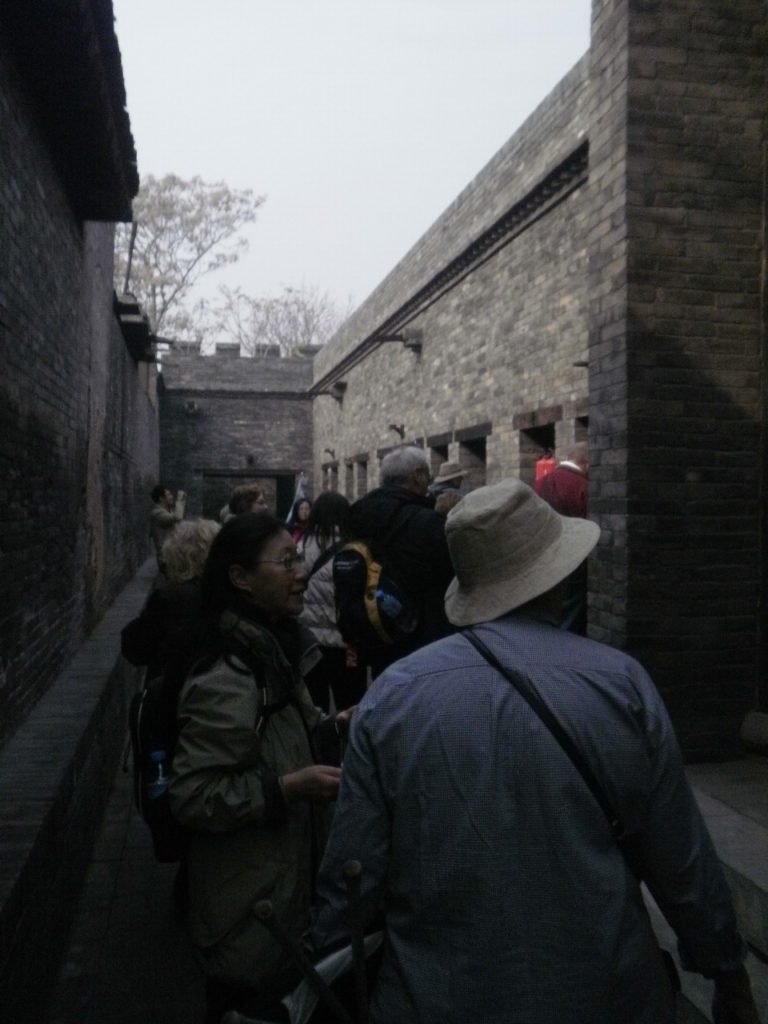
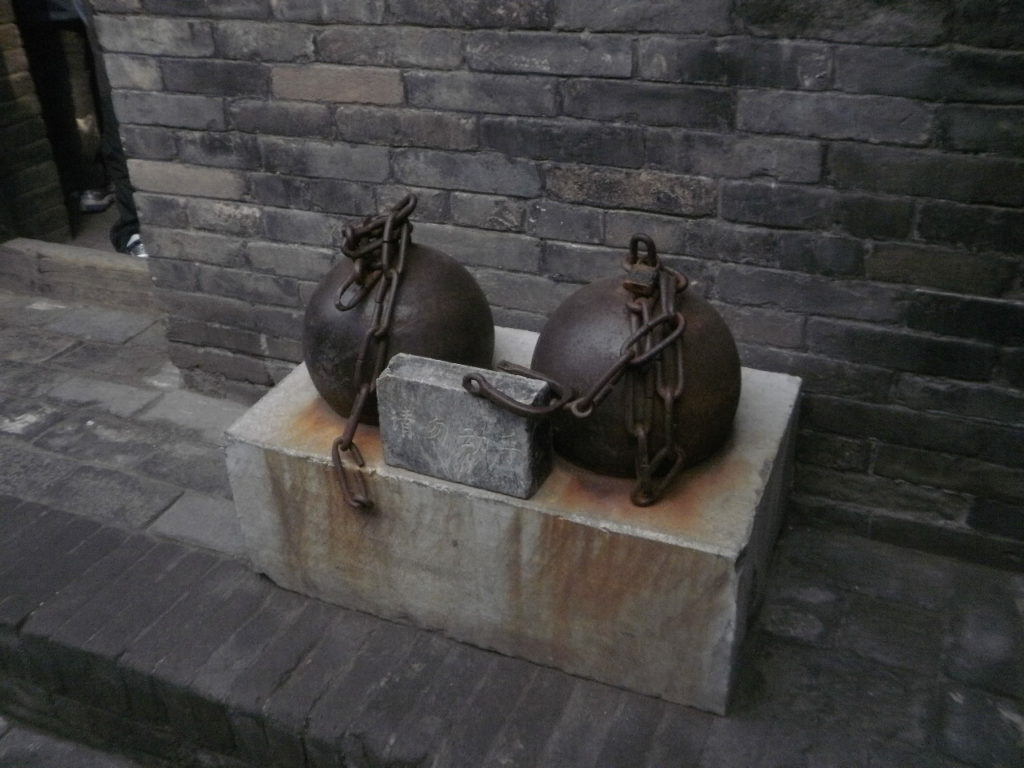
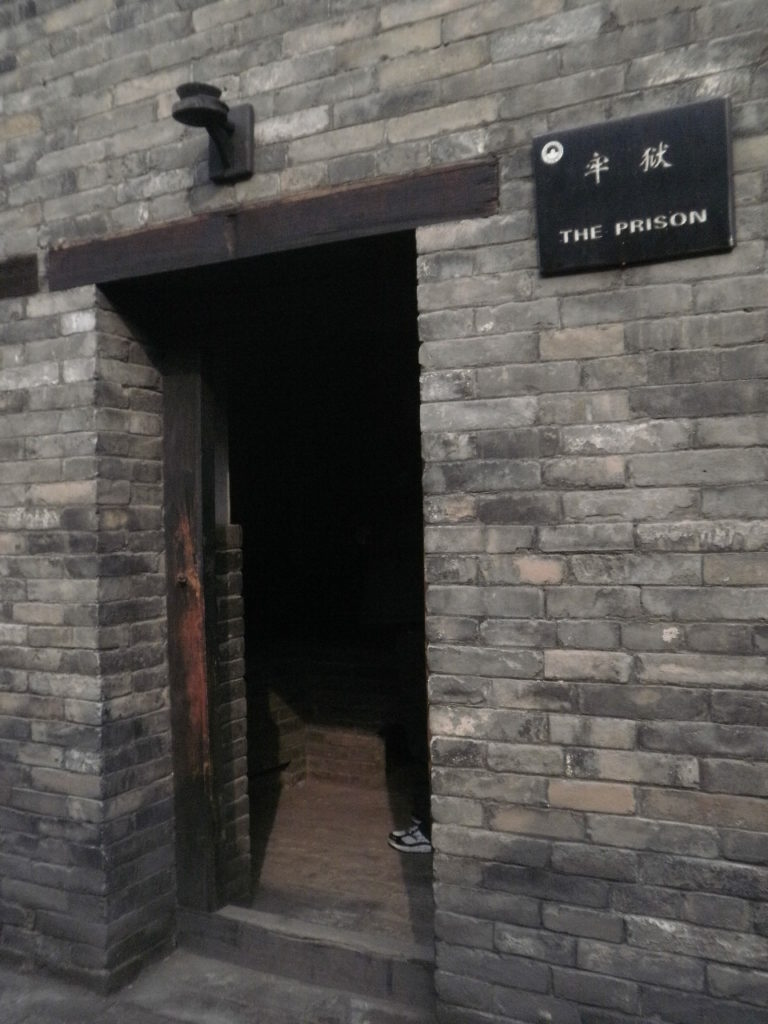
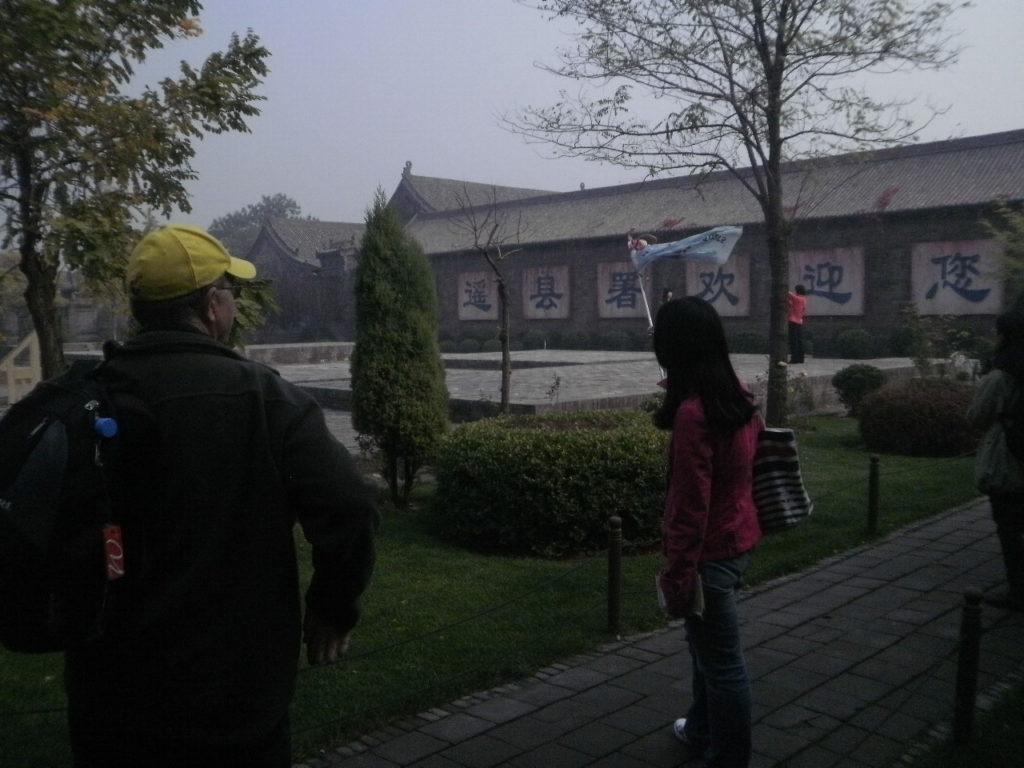
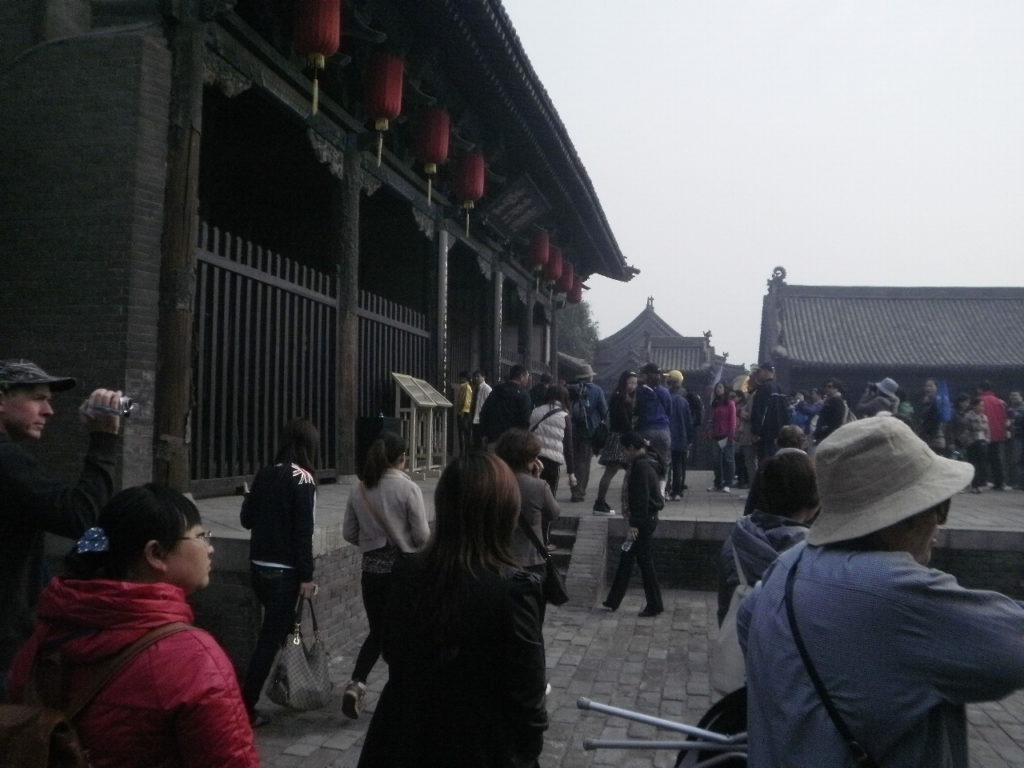
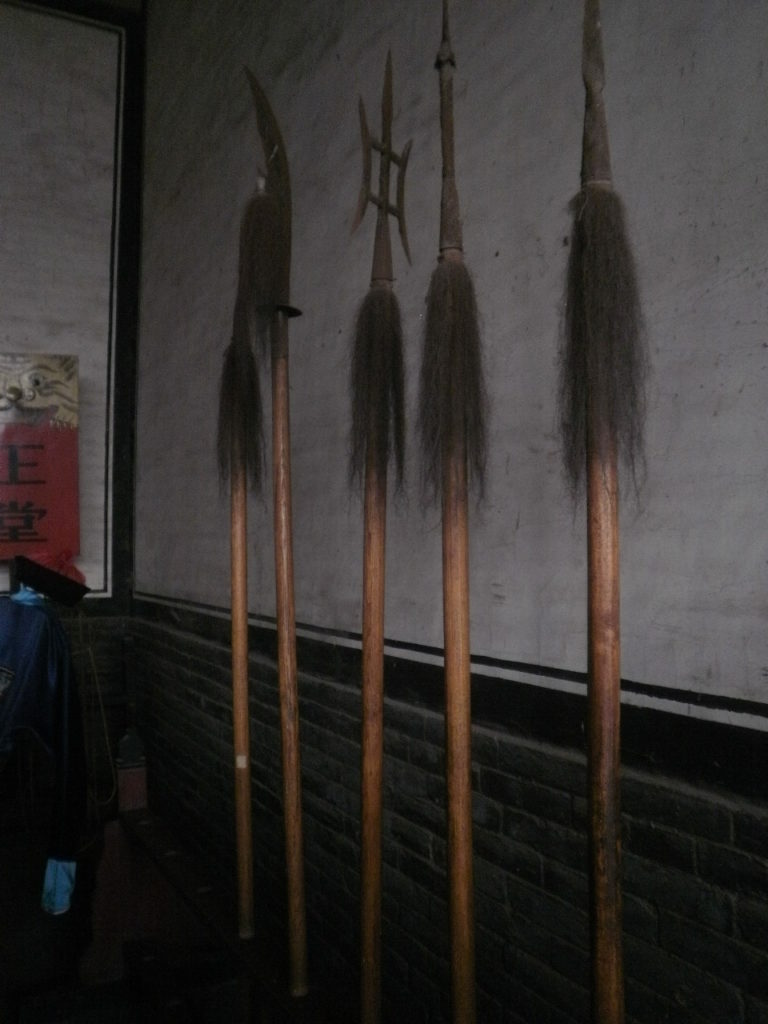
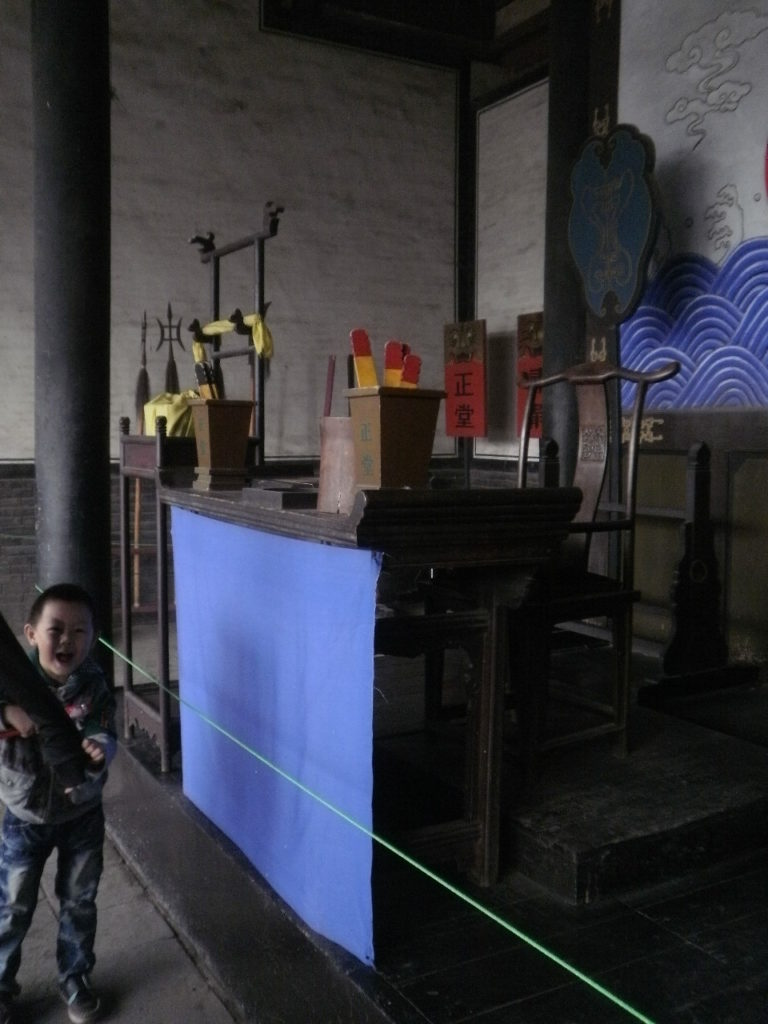
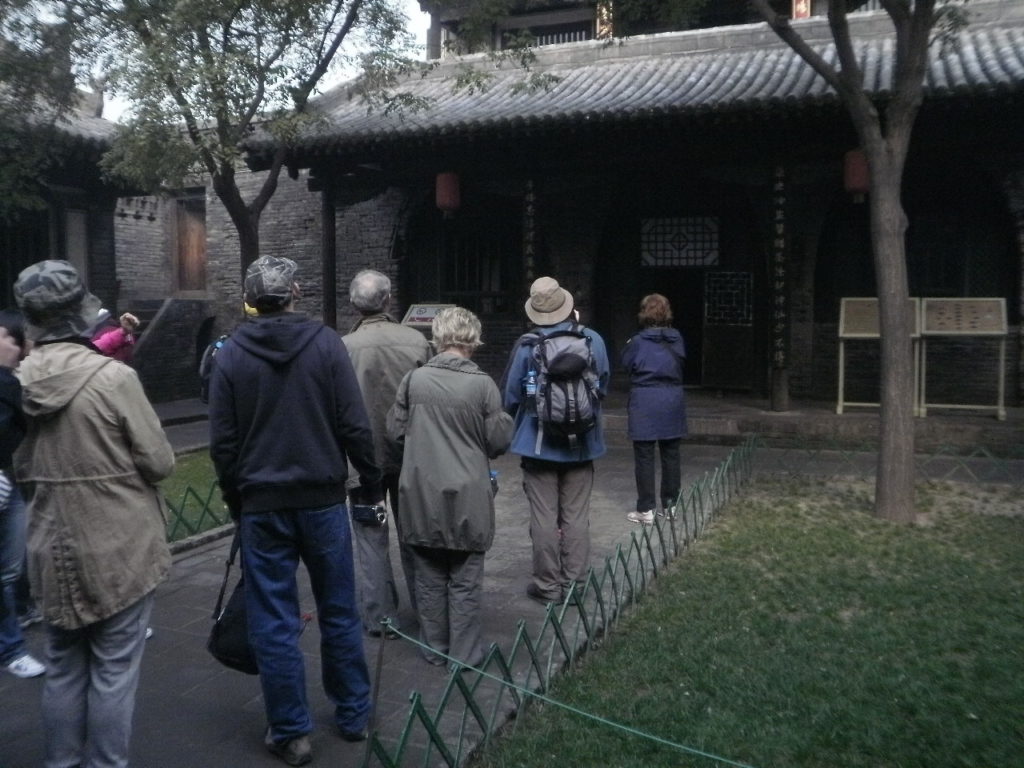
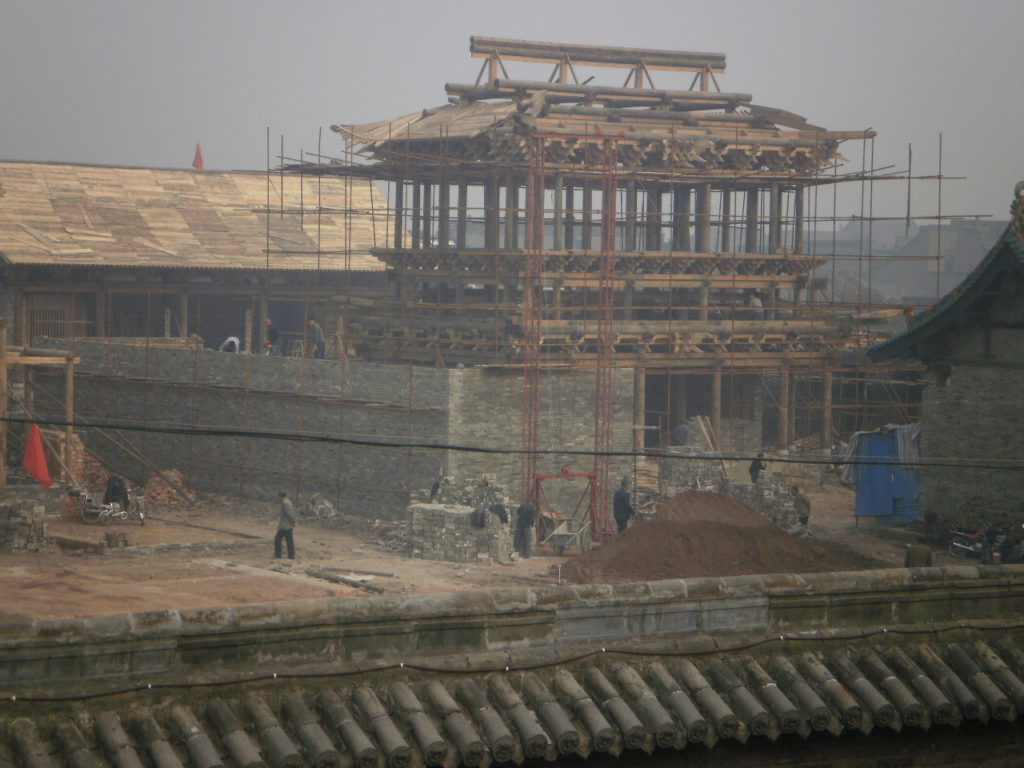
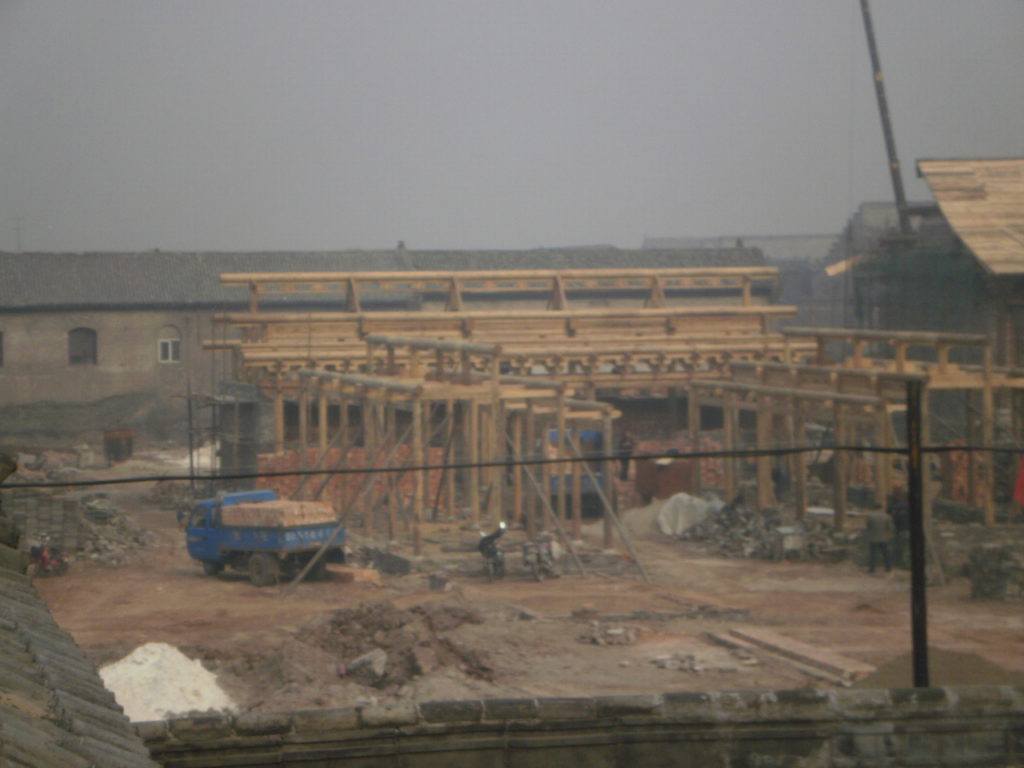
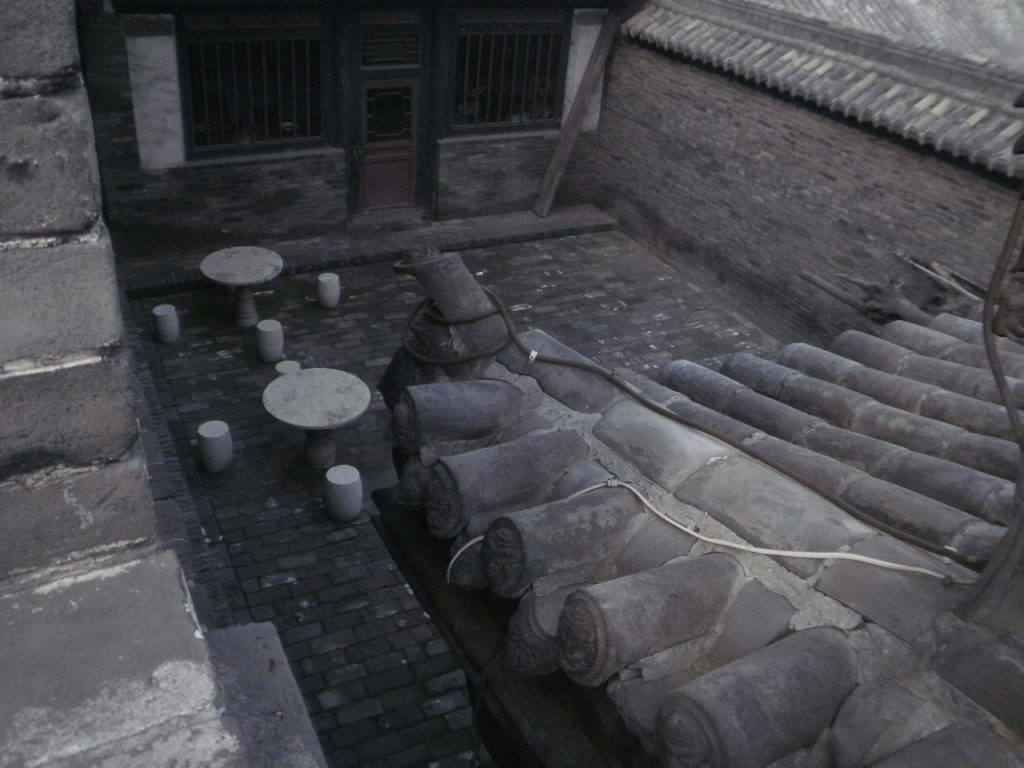
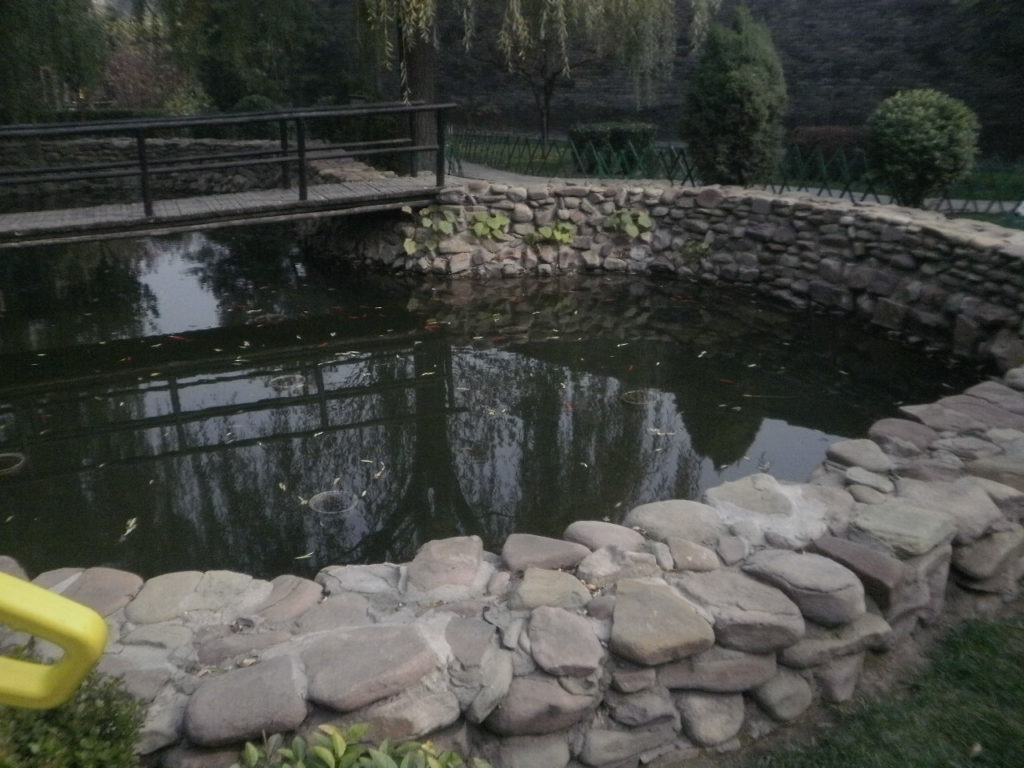
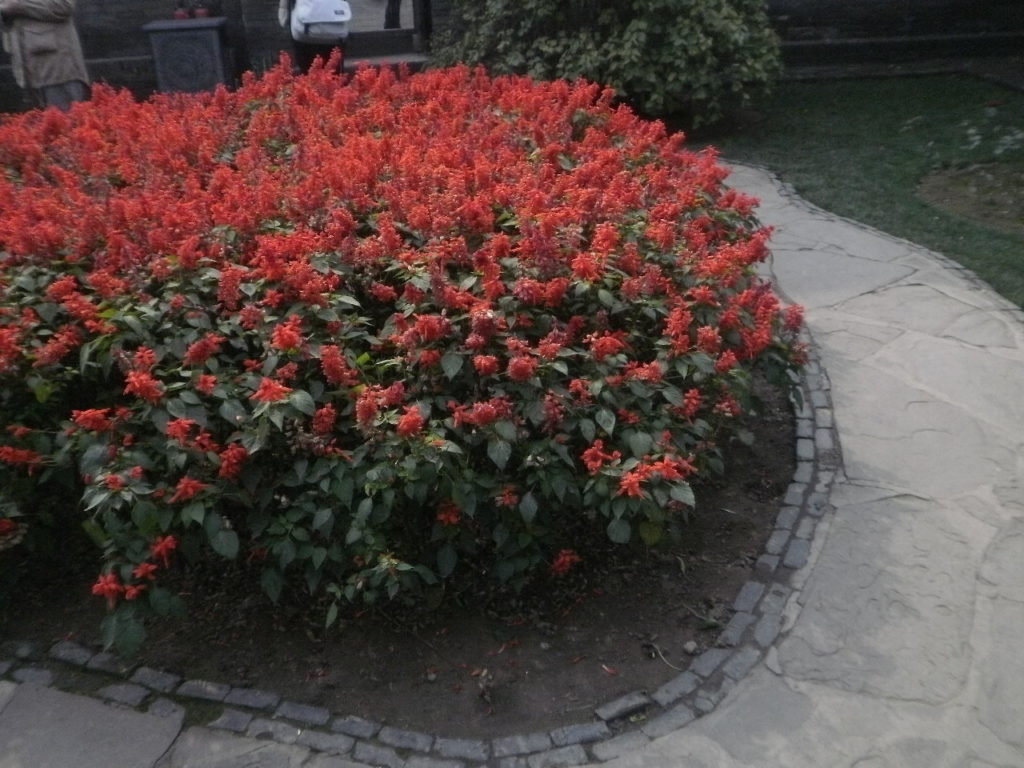
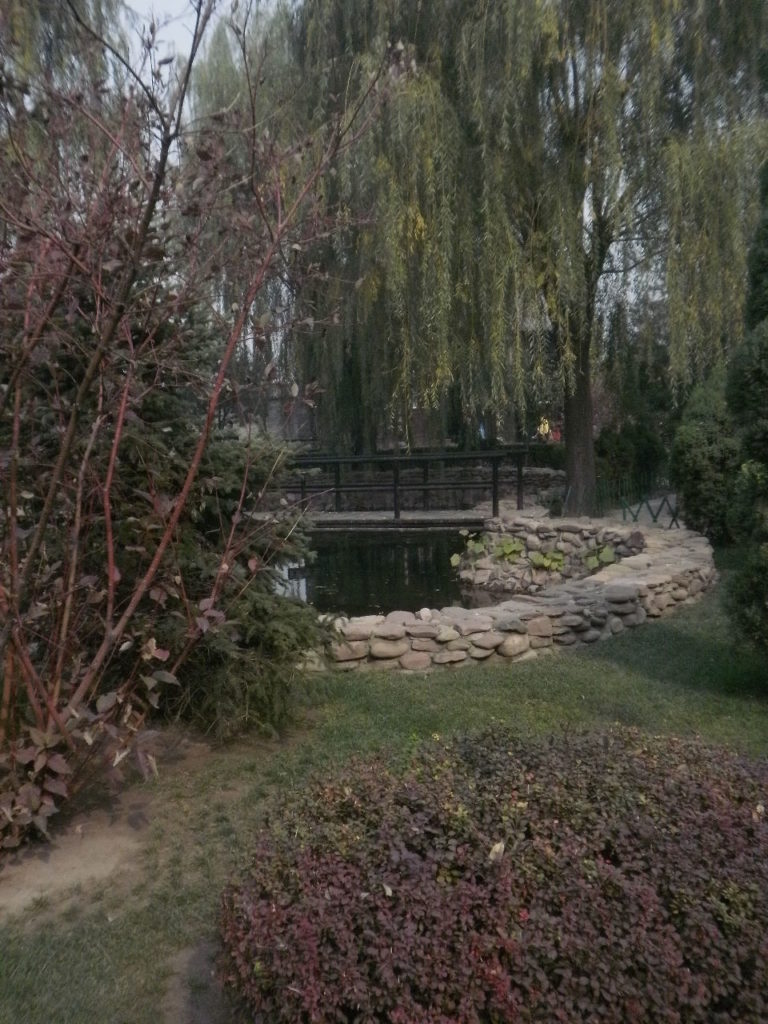
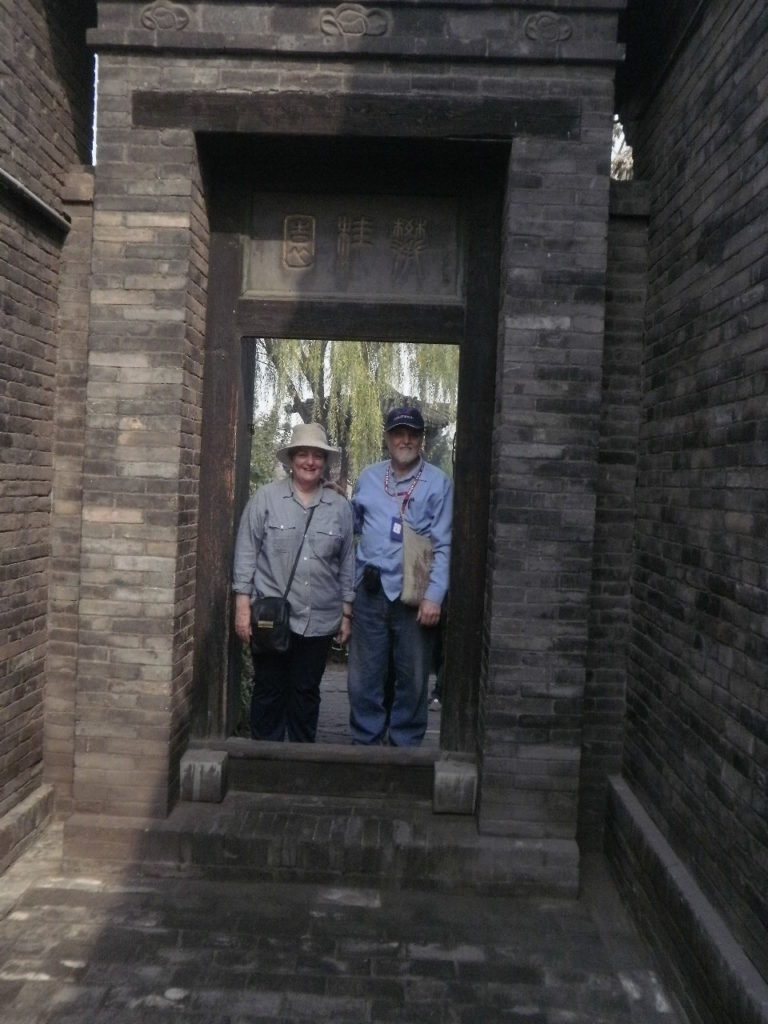
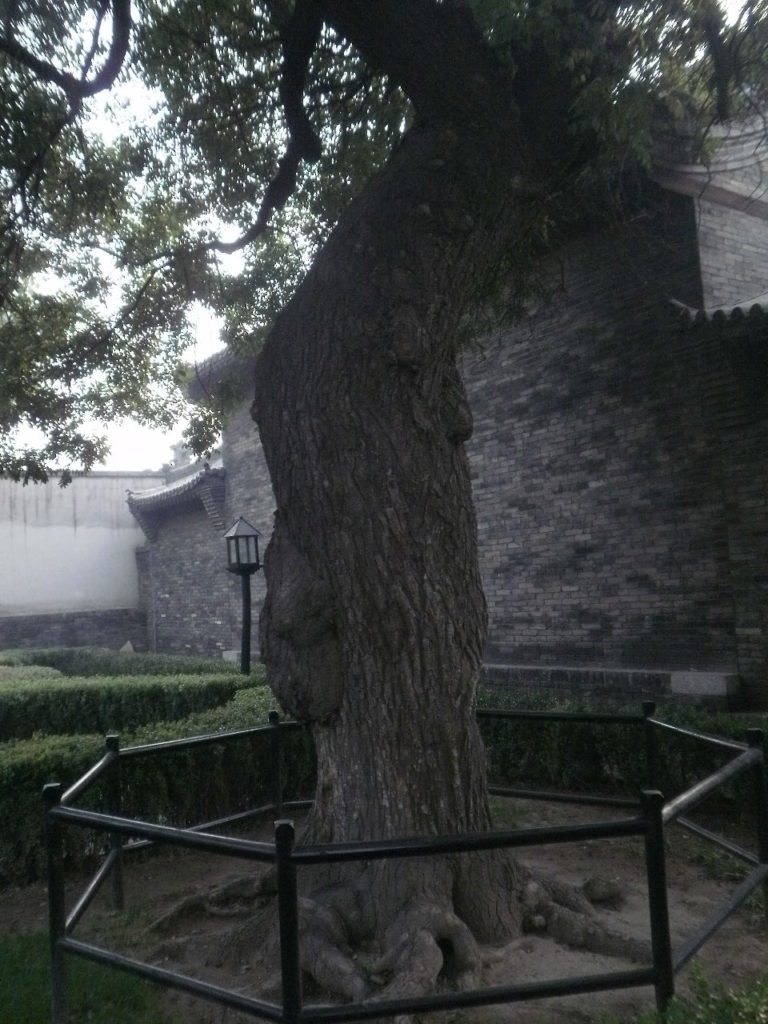
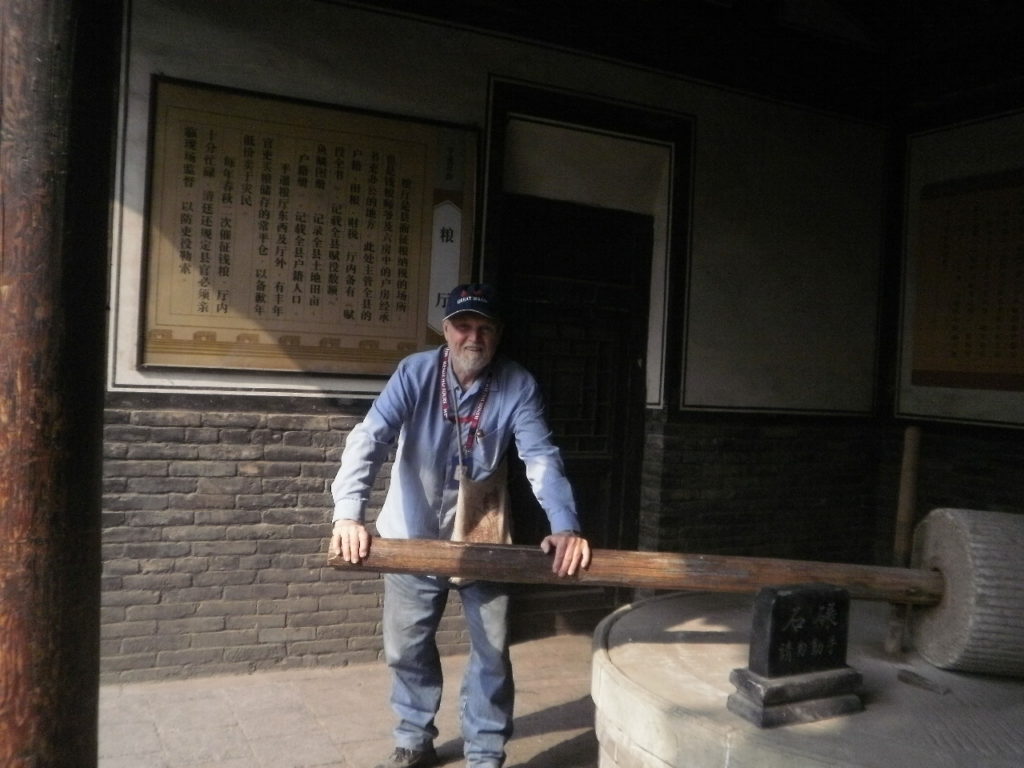
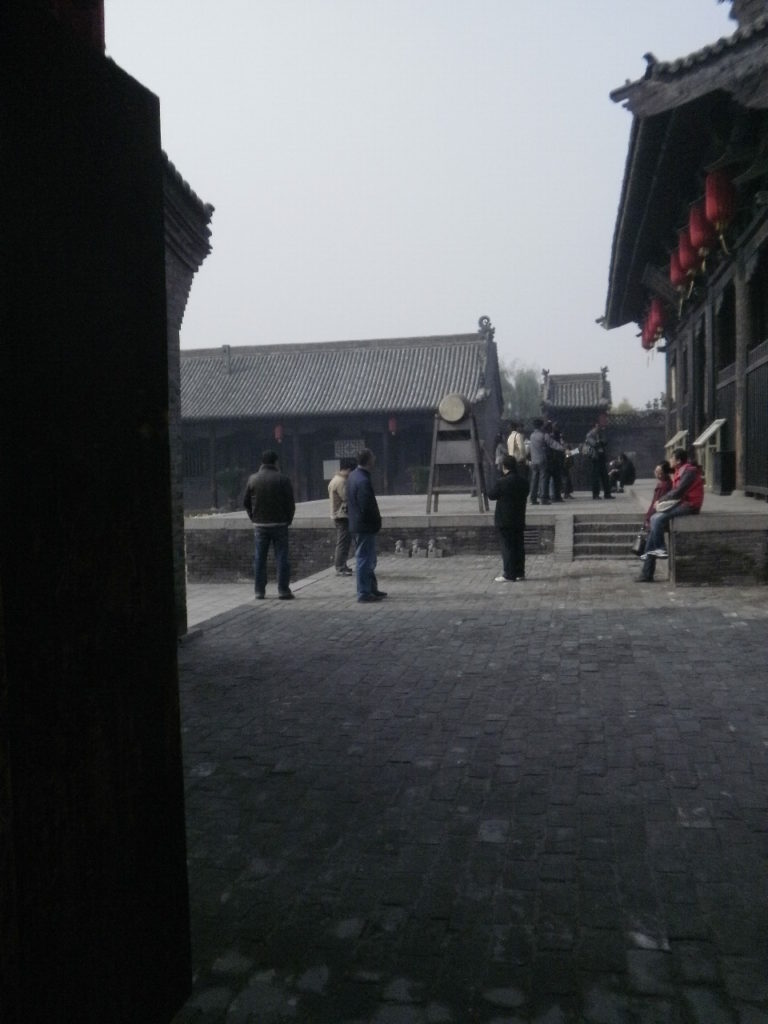
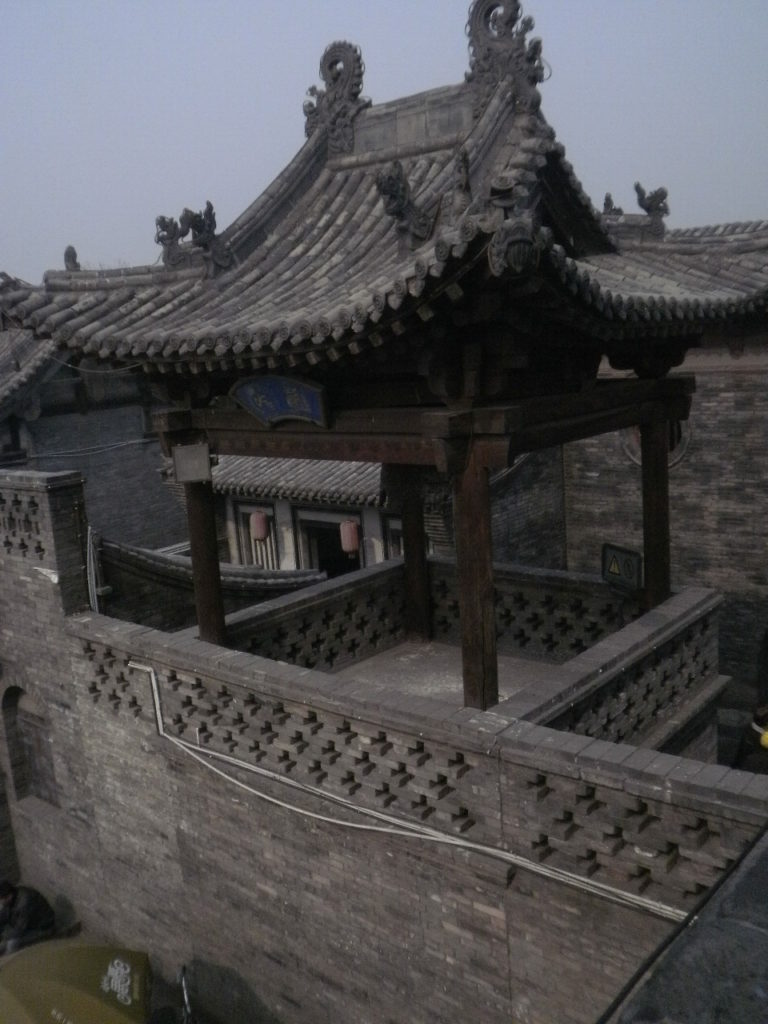
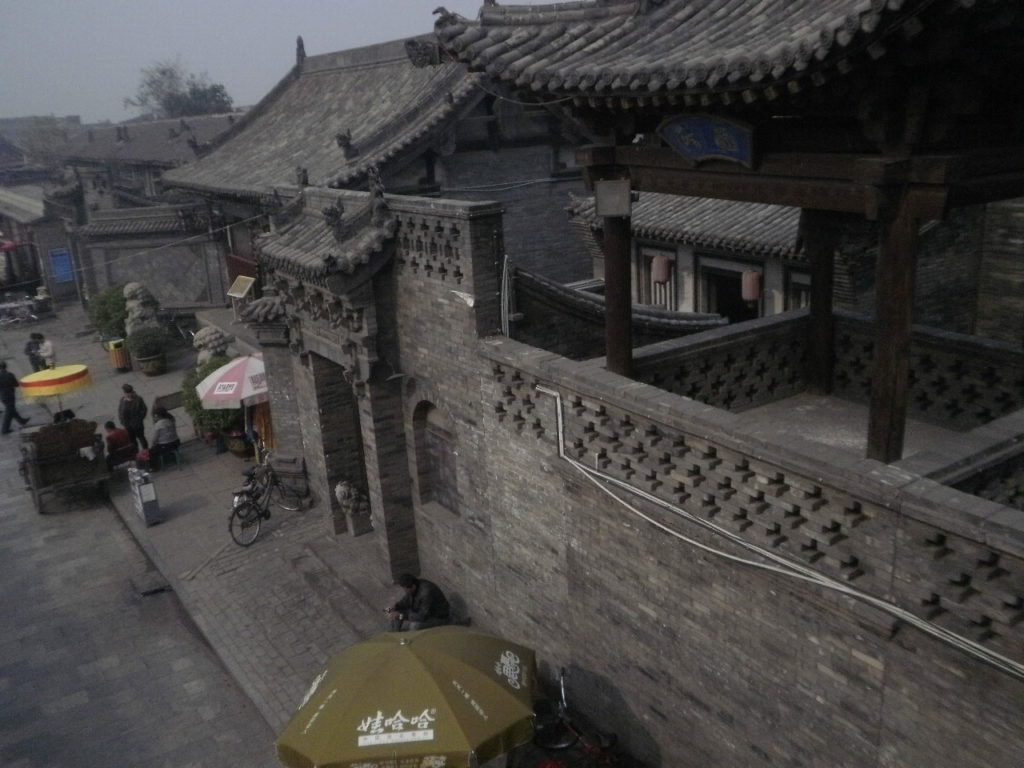
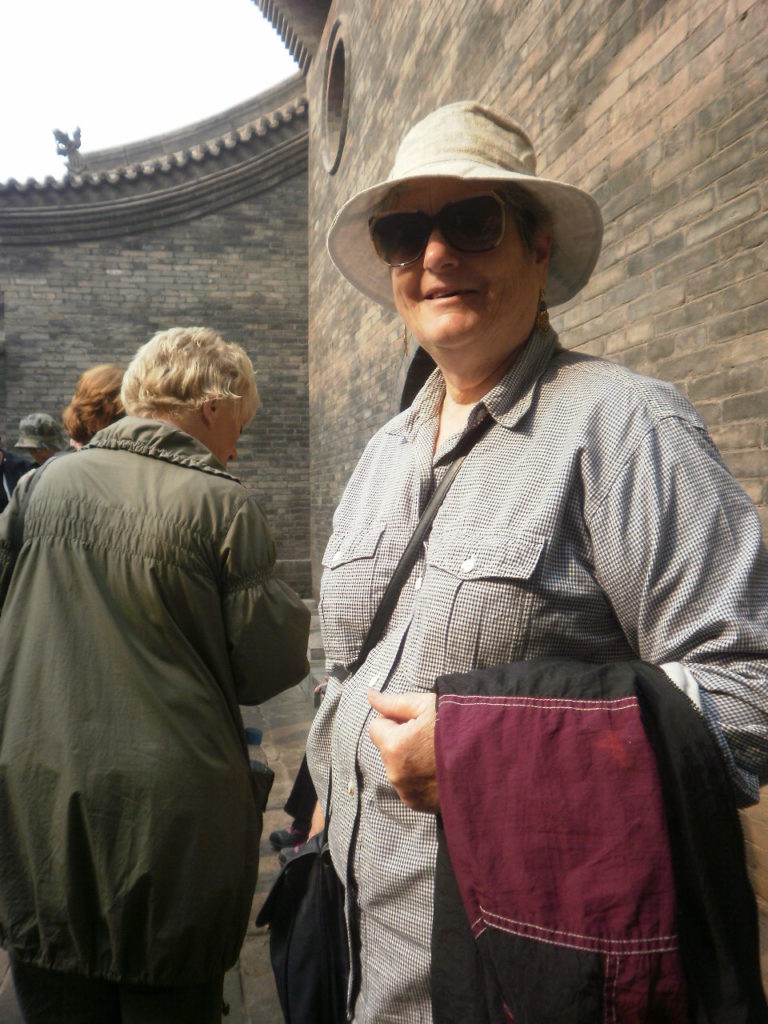
______________________________________________________________________________________________________________

